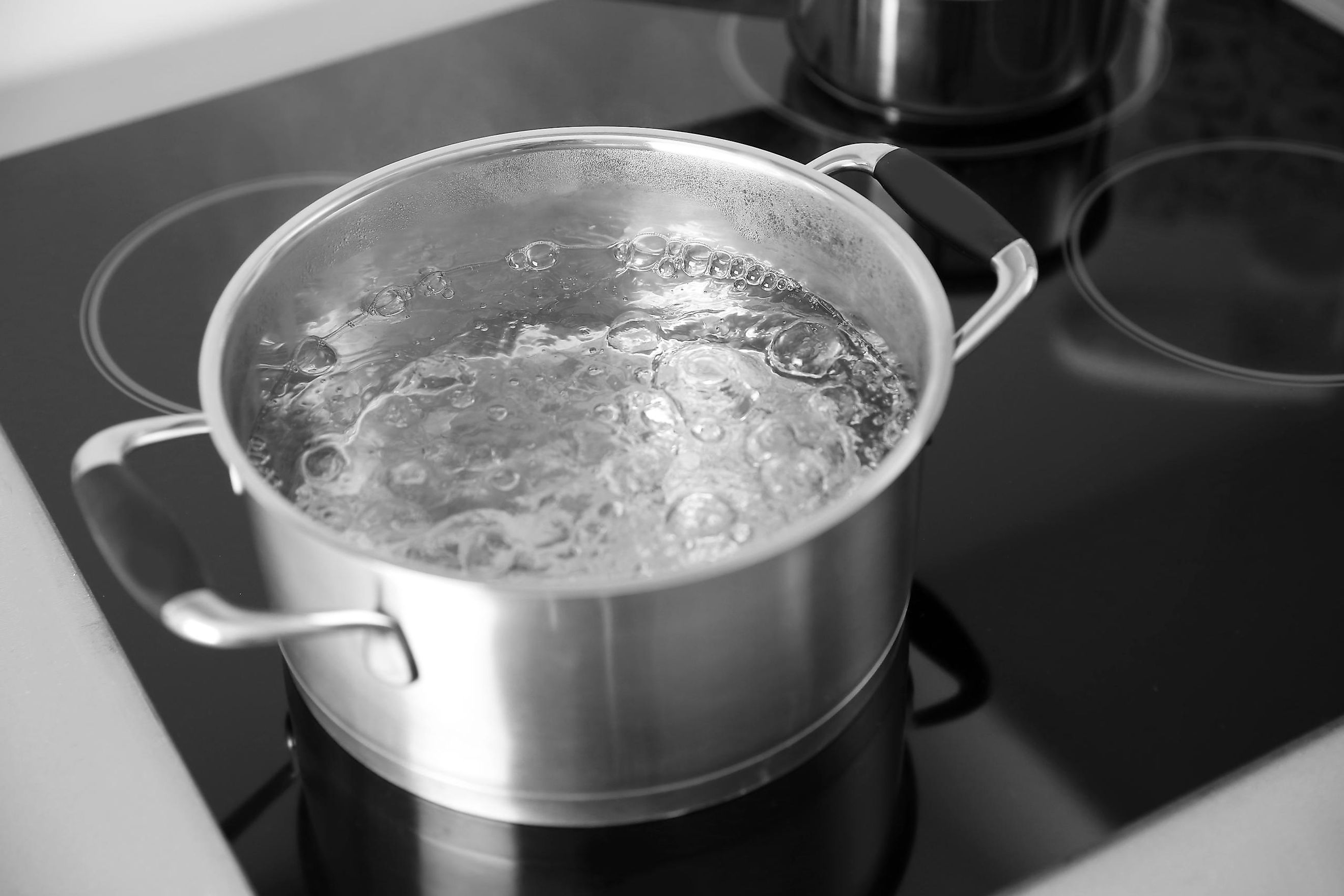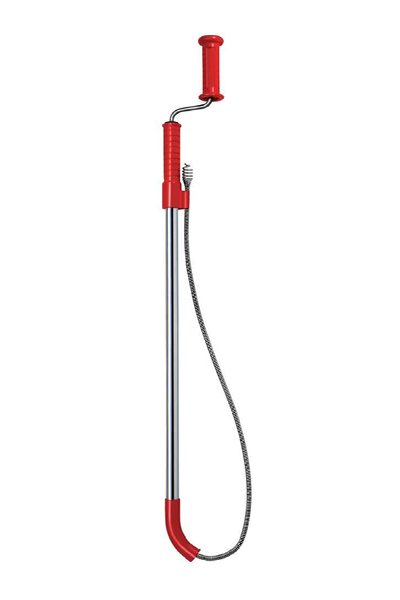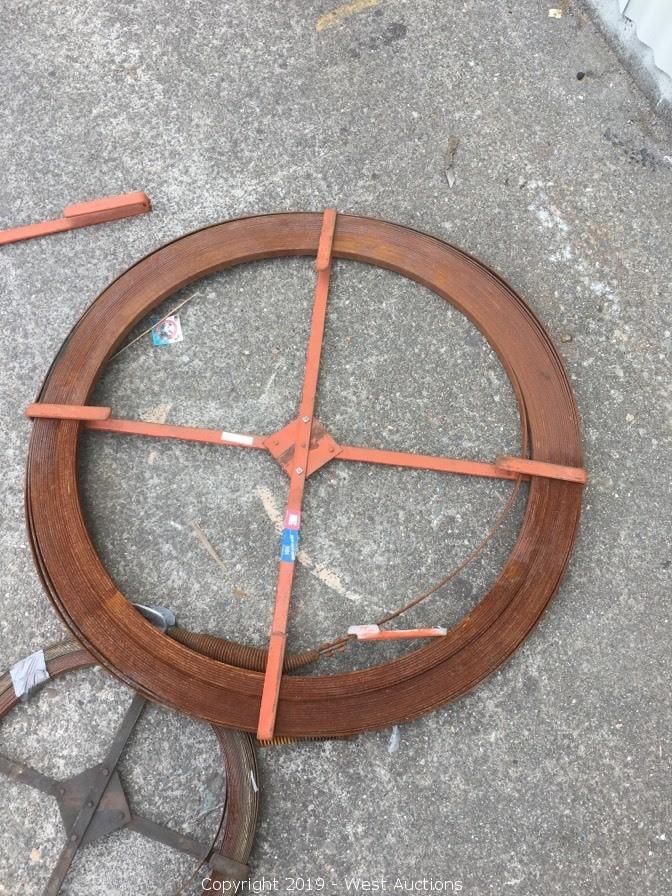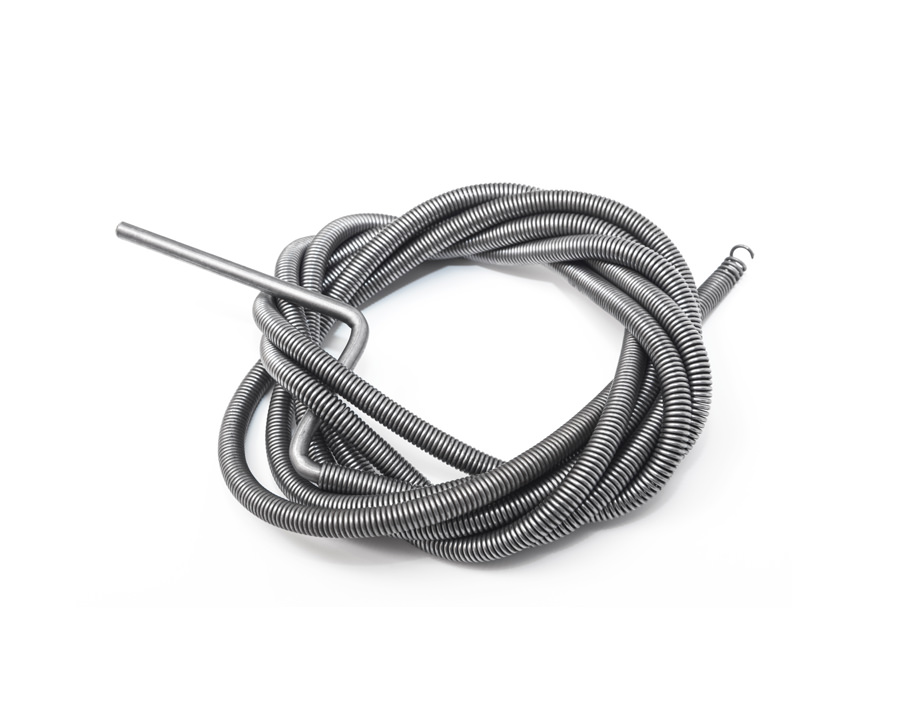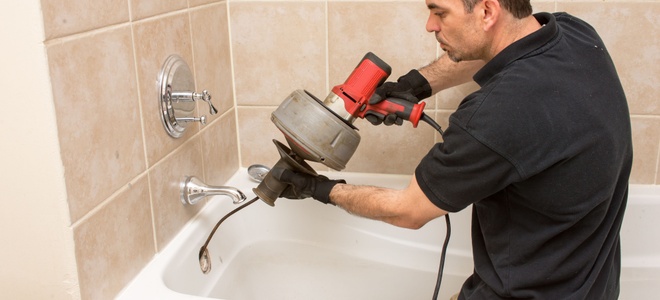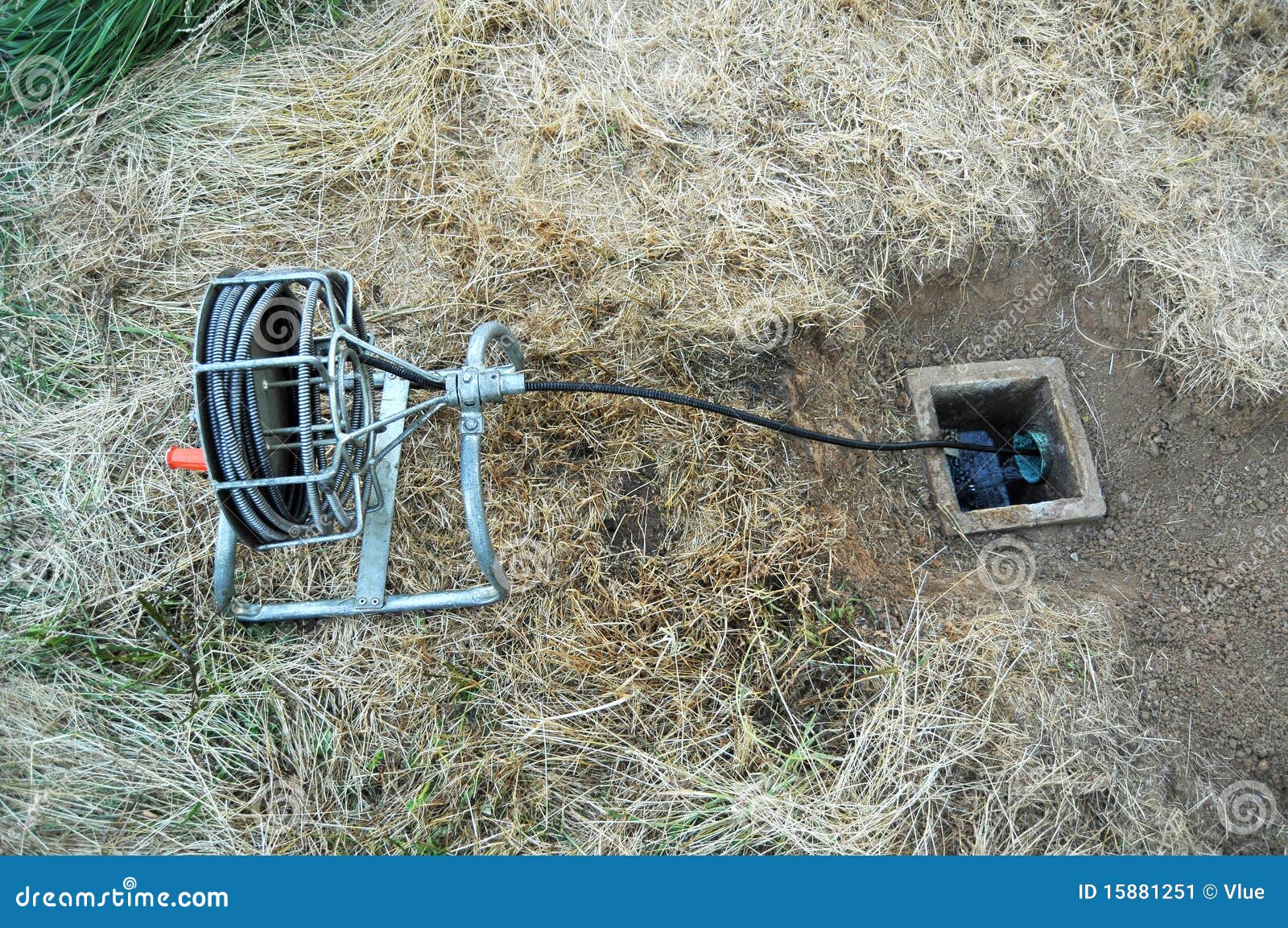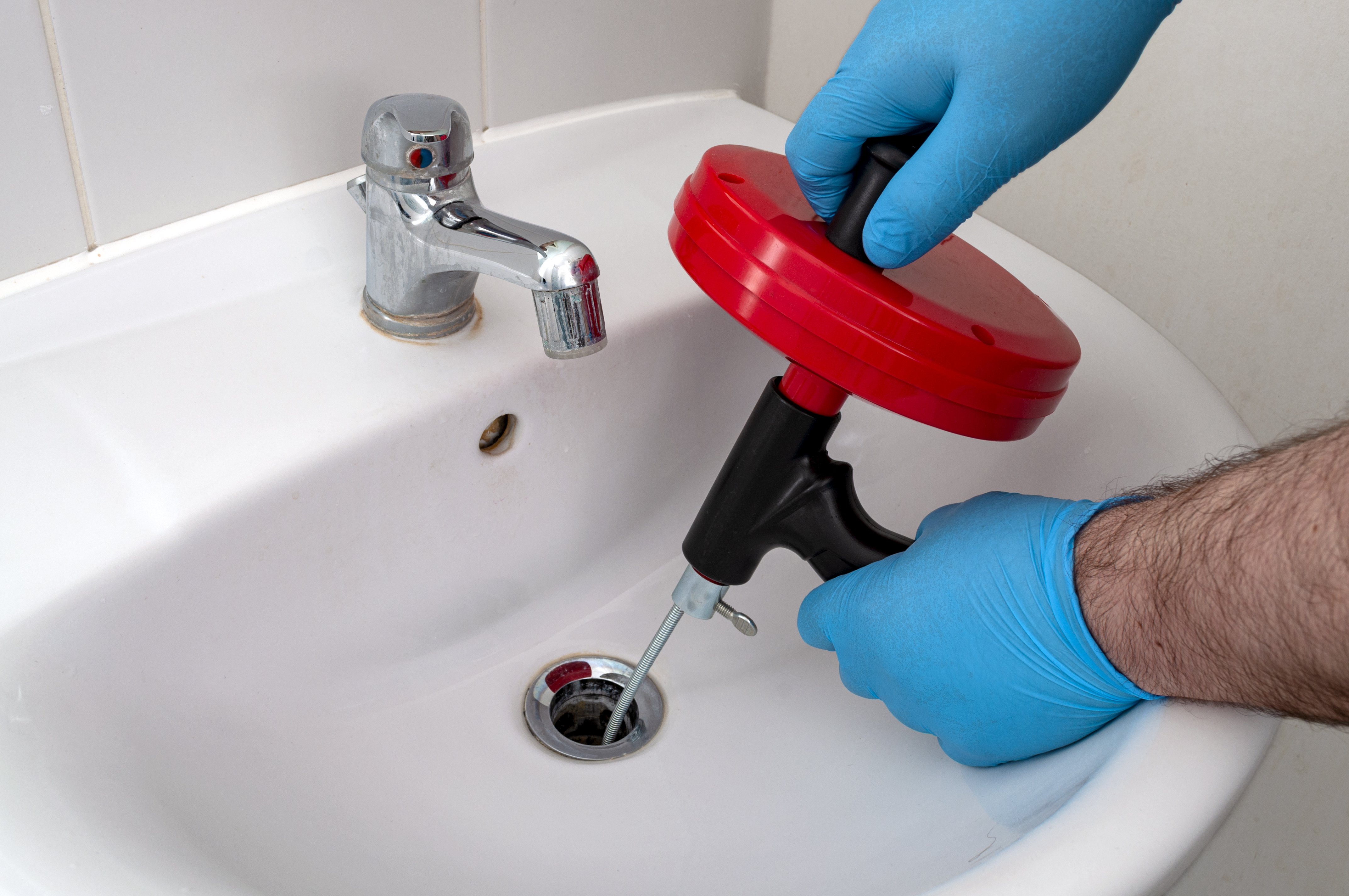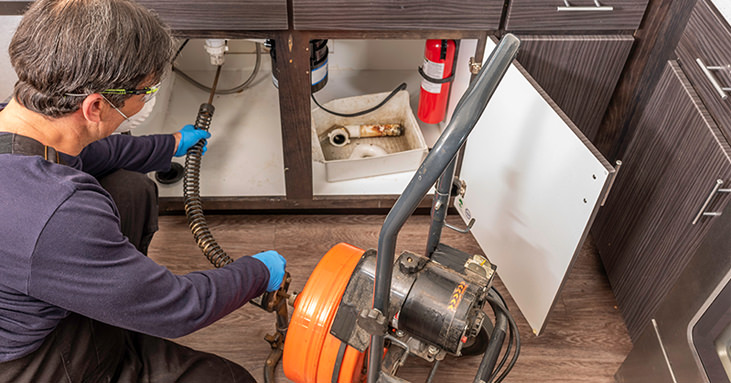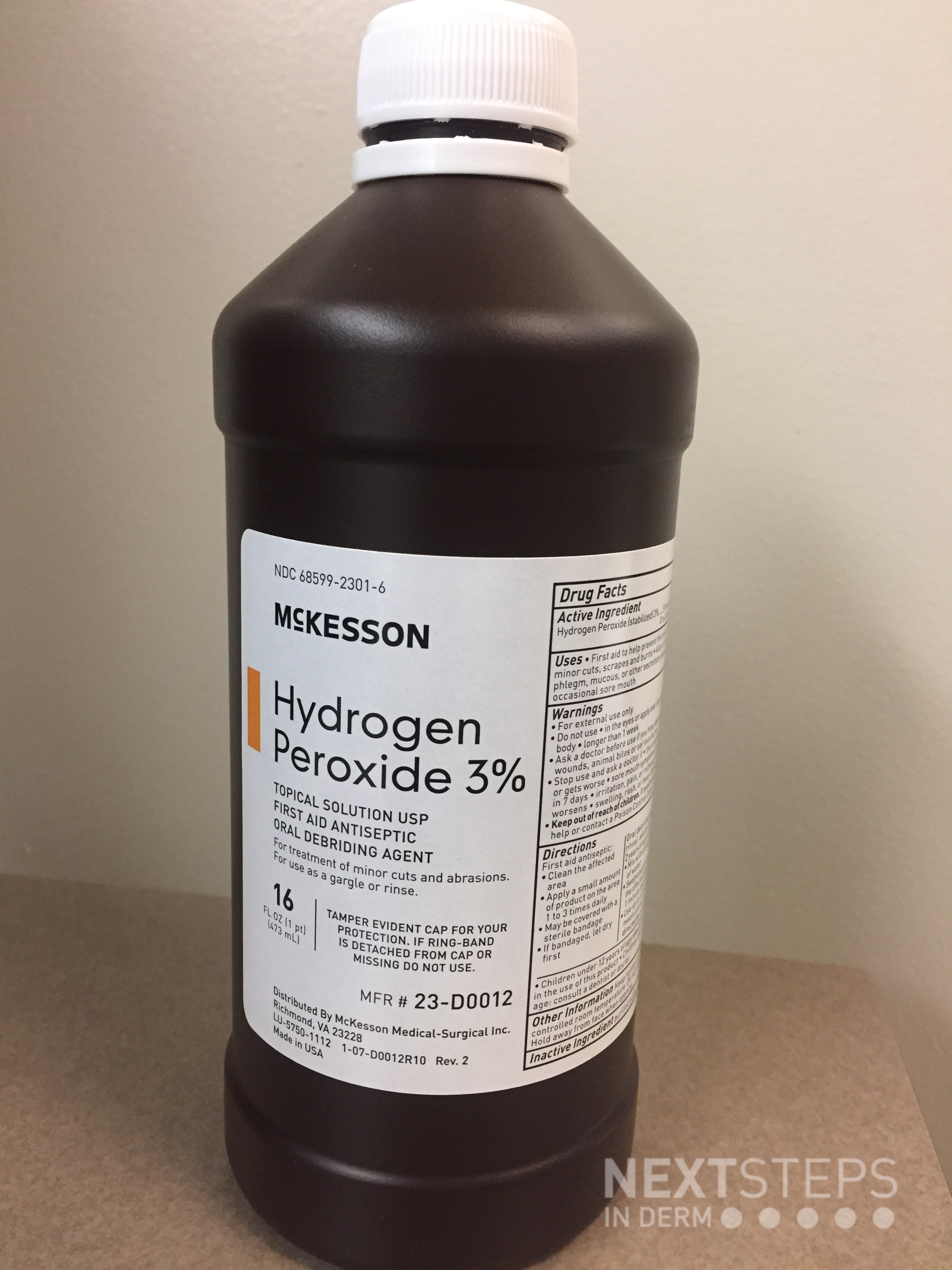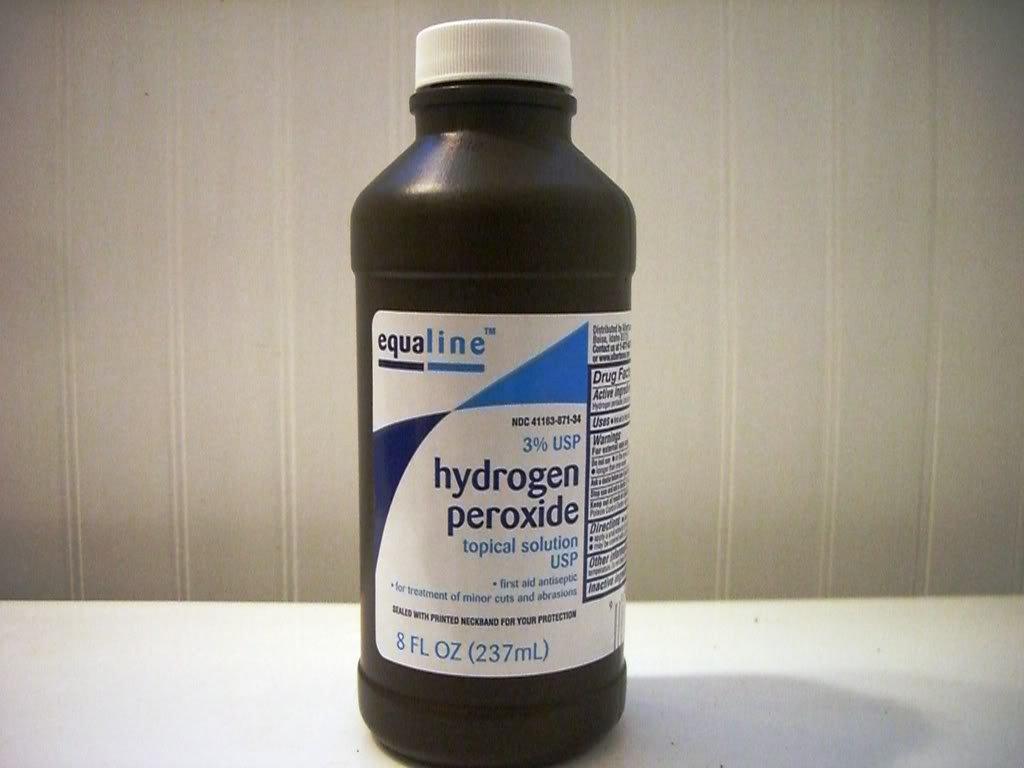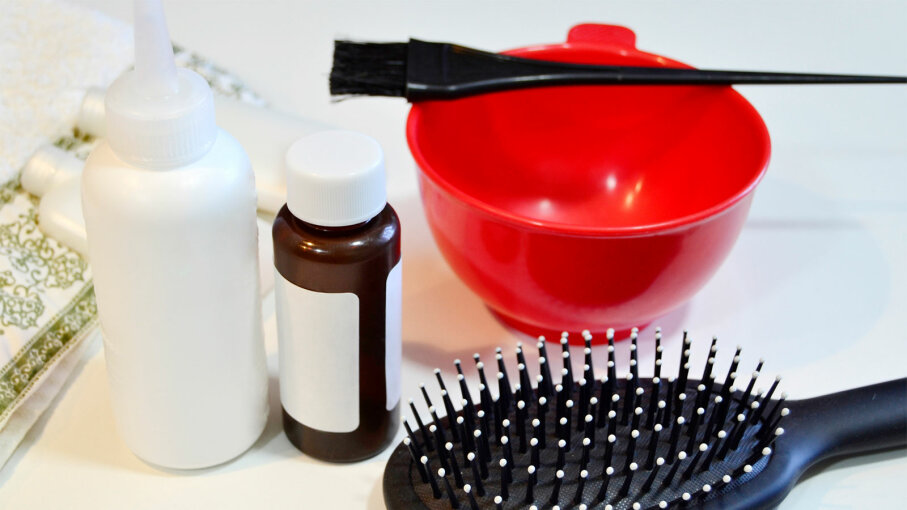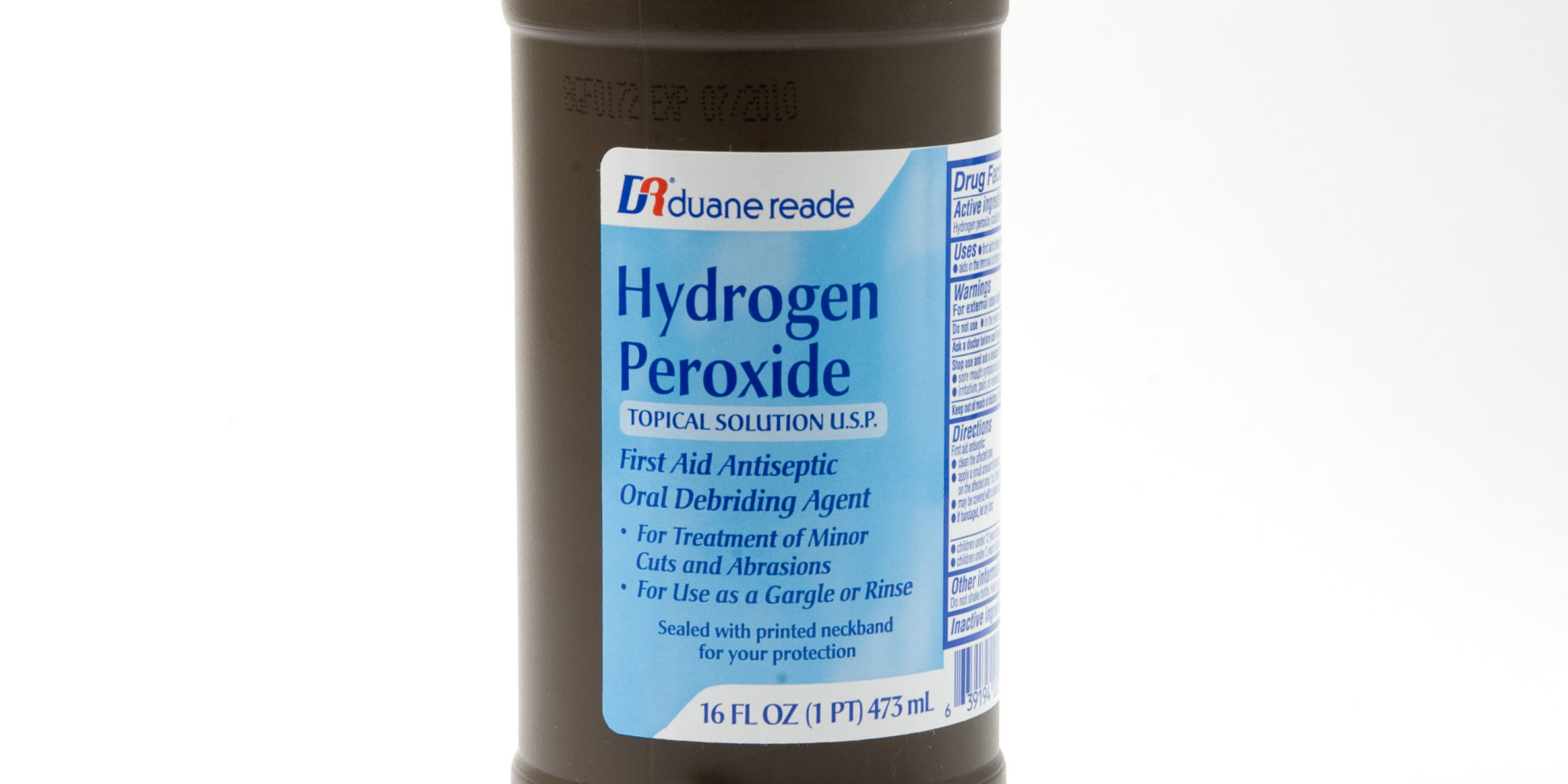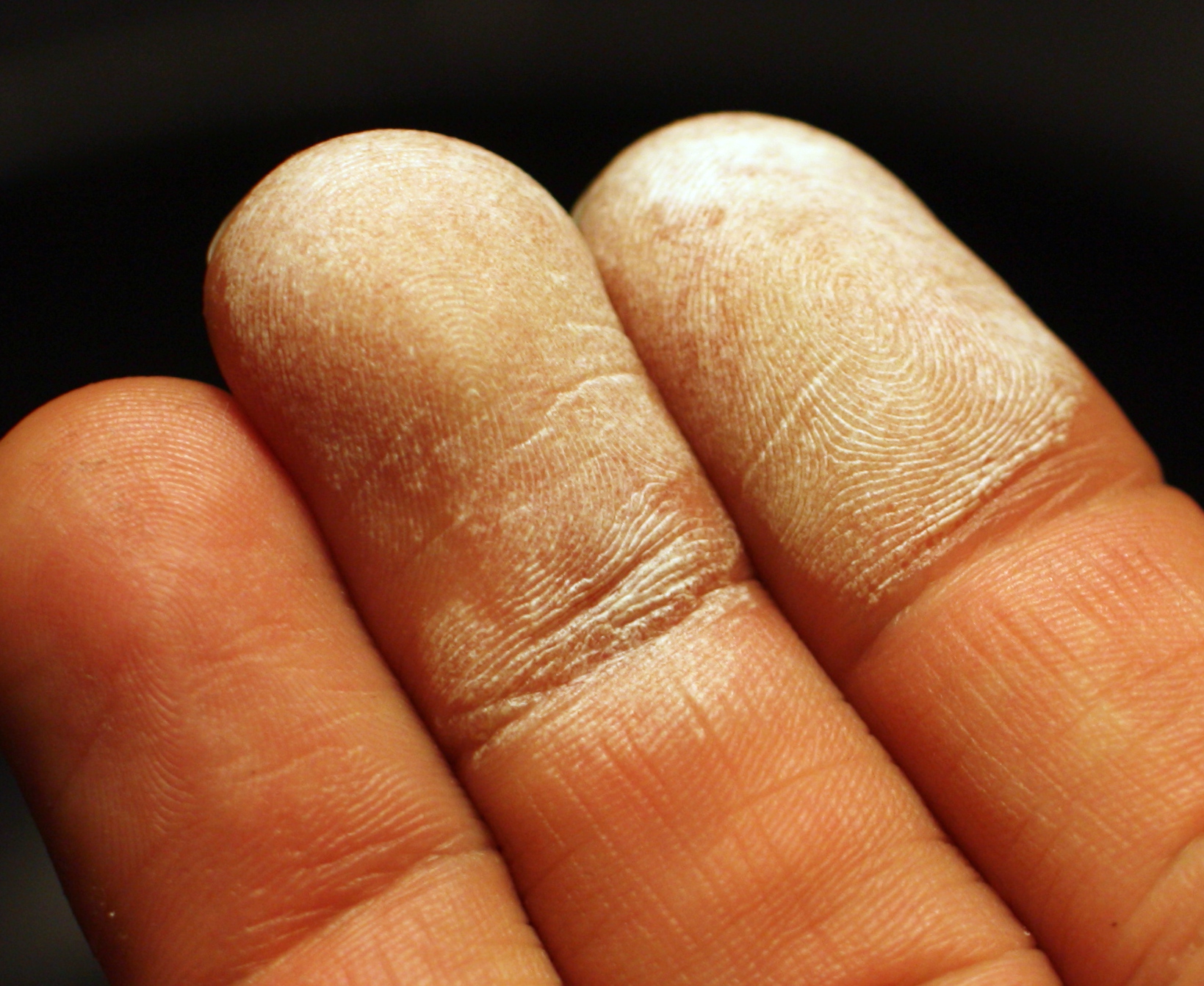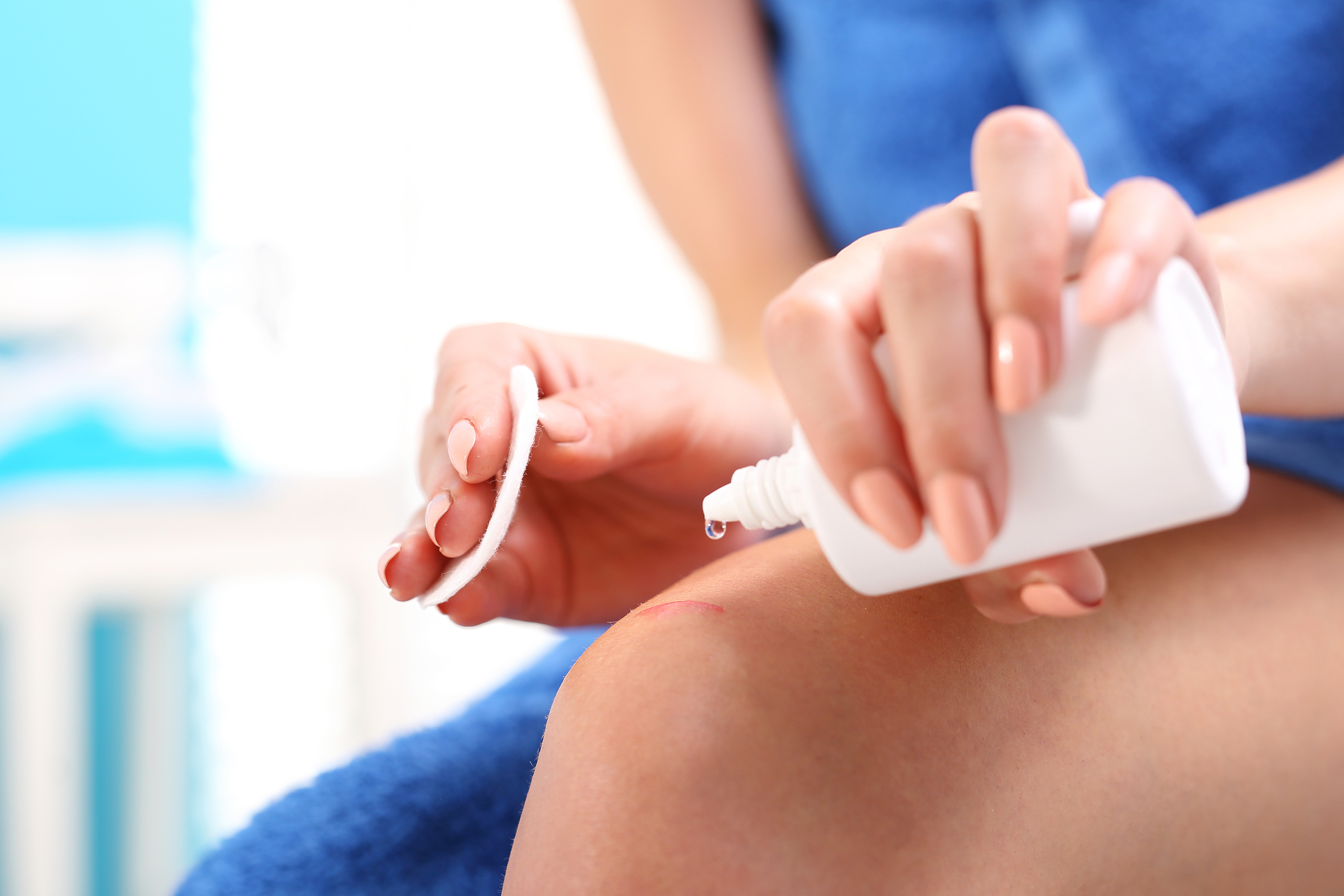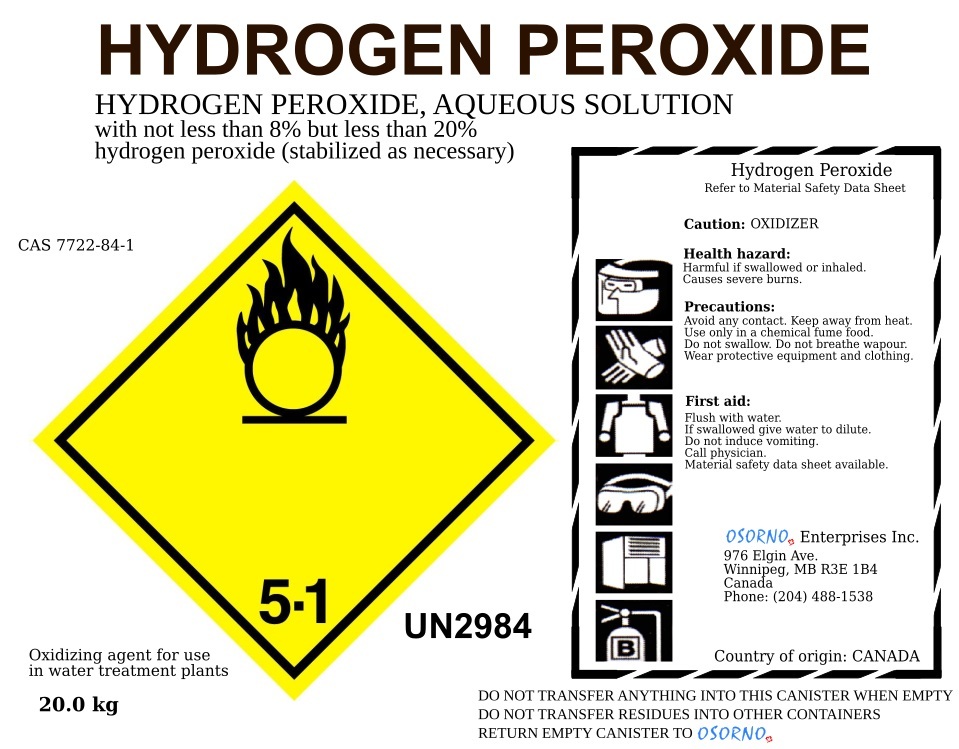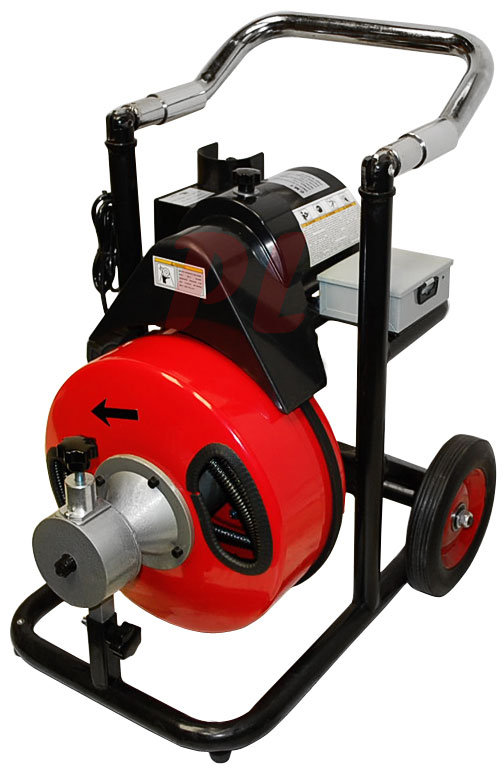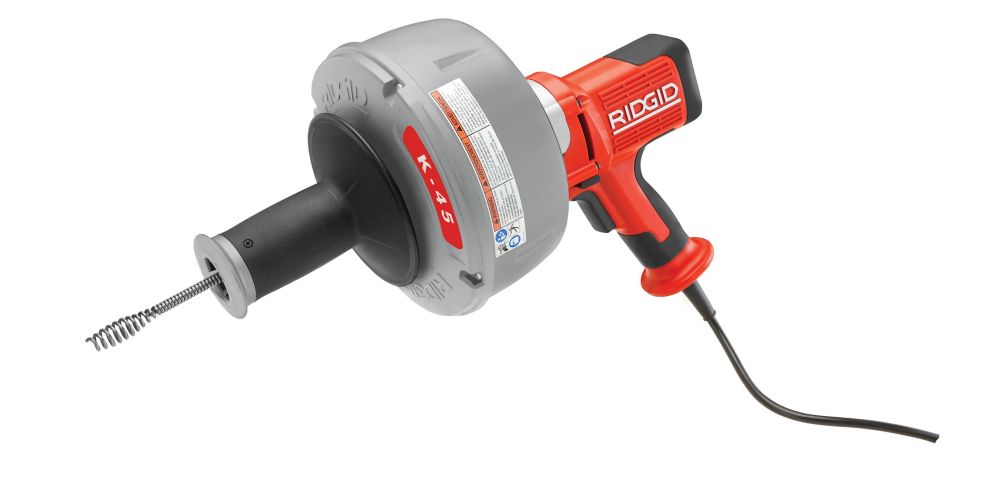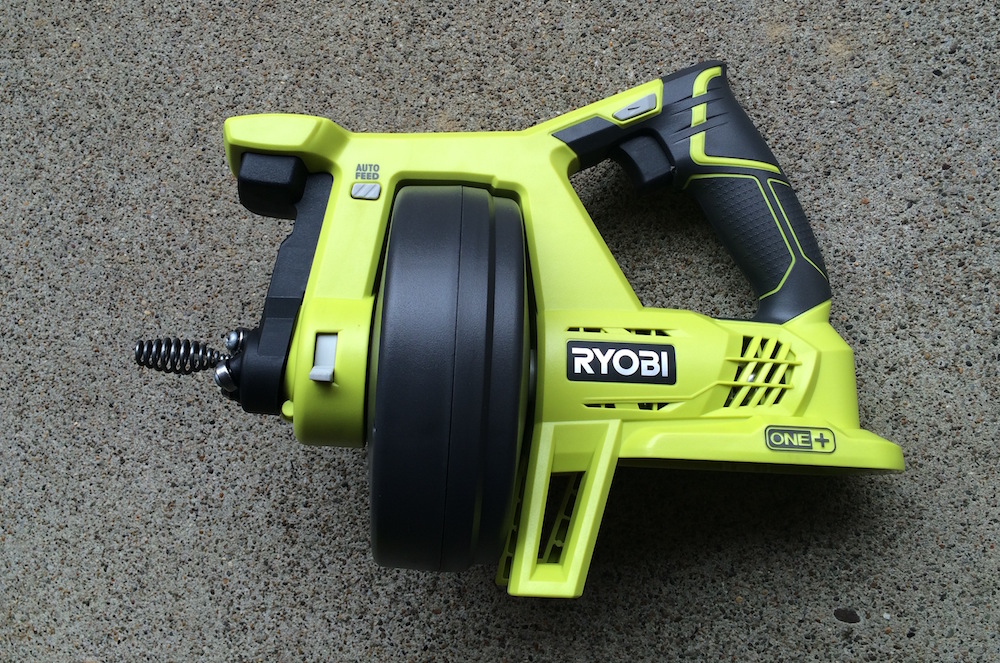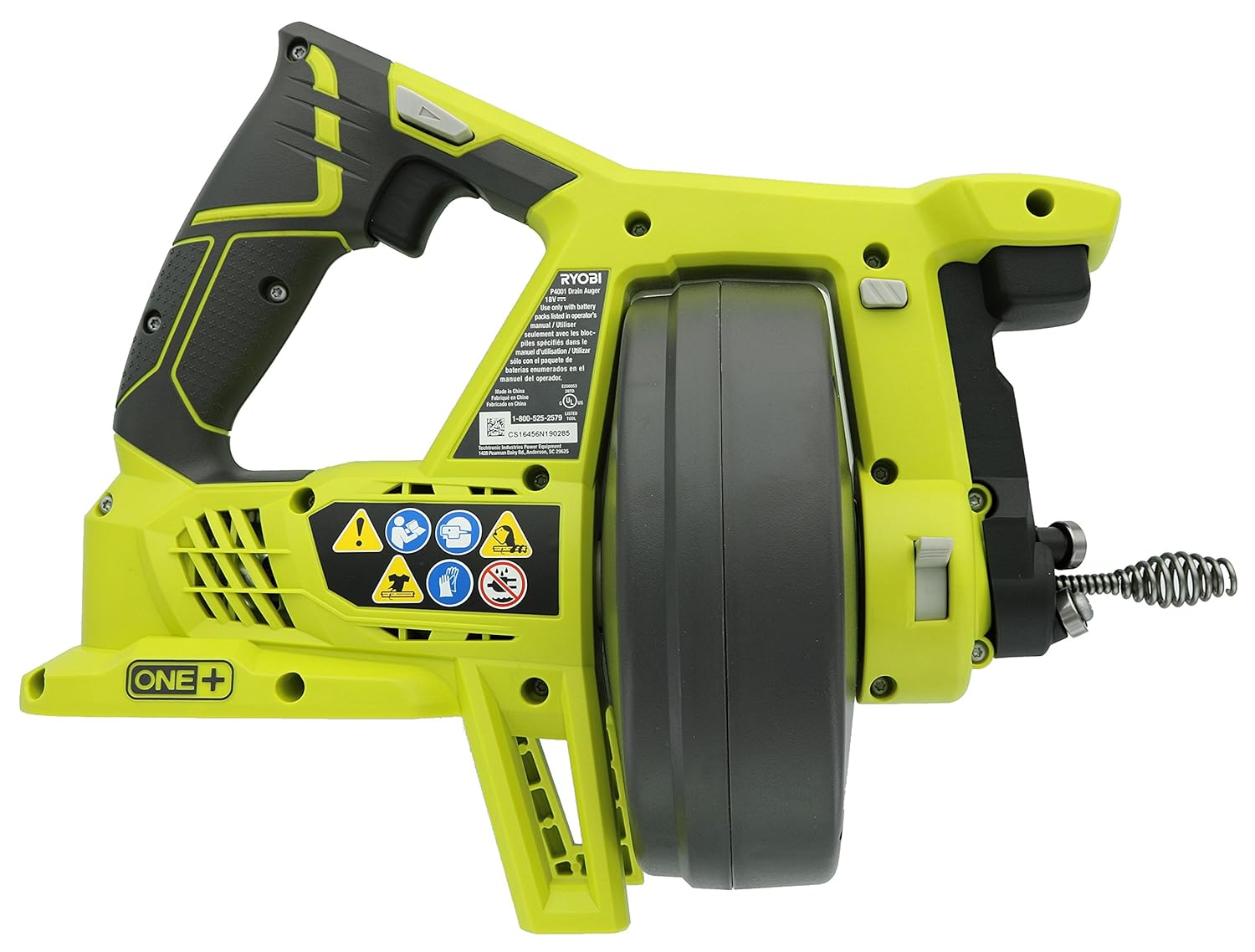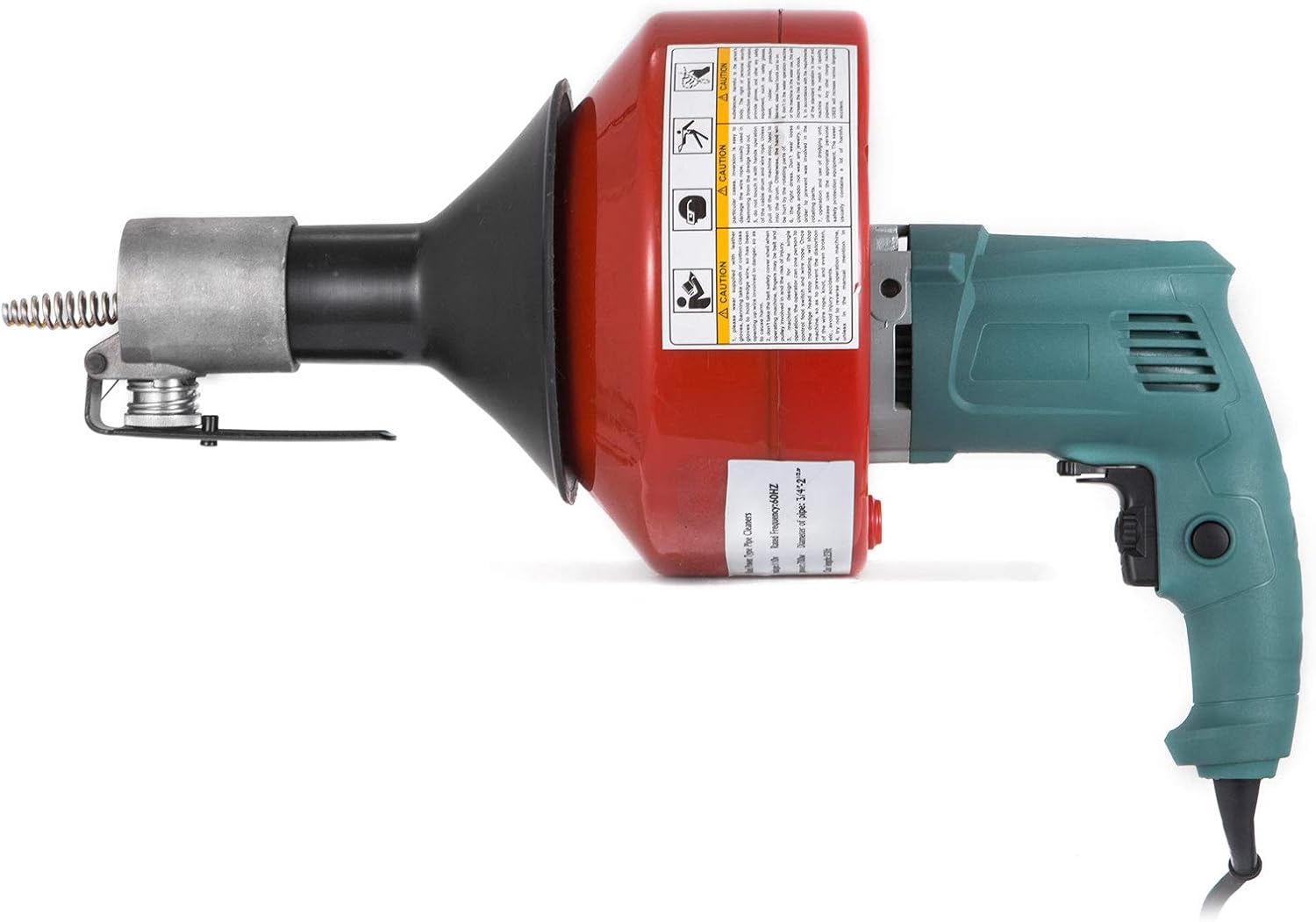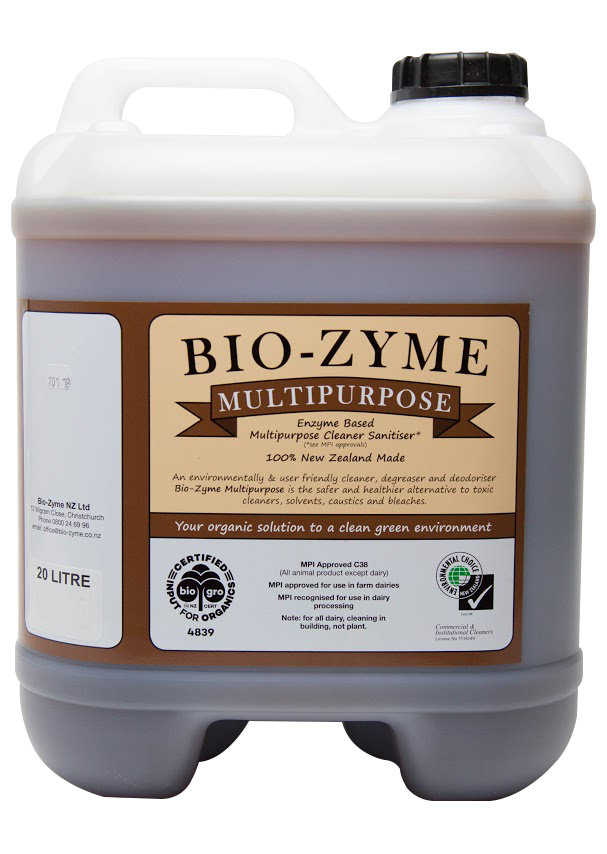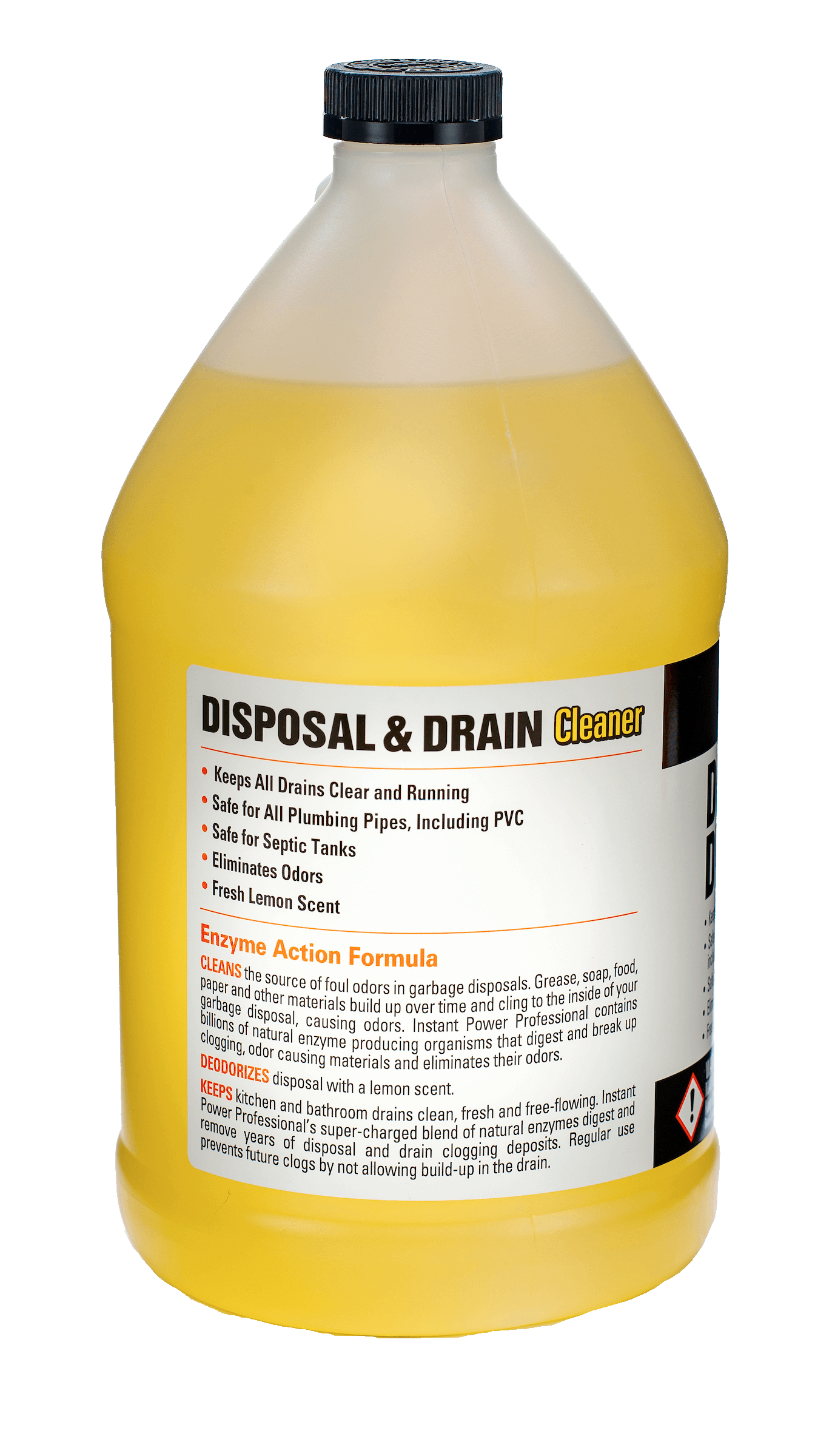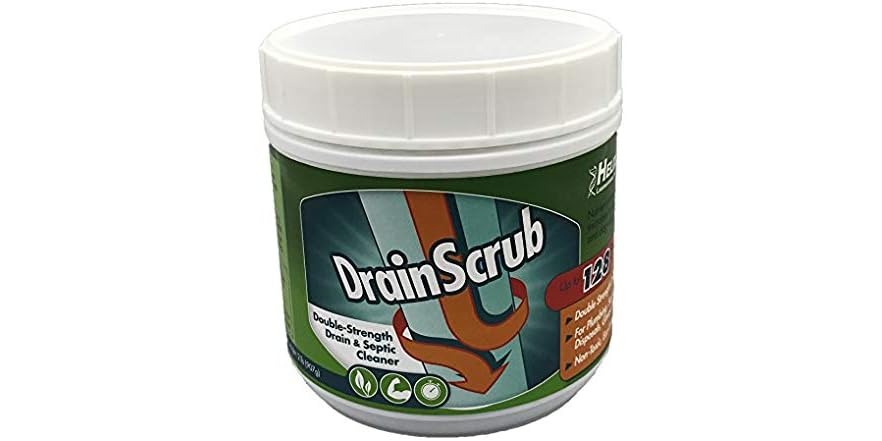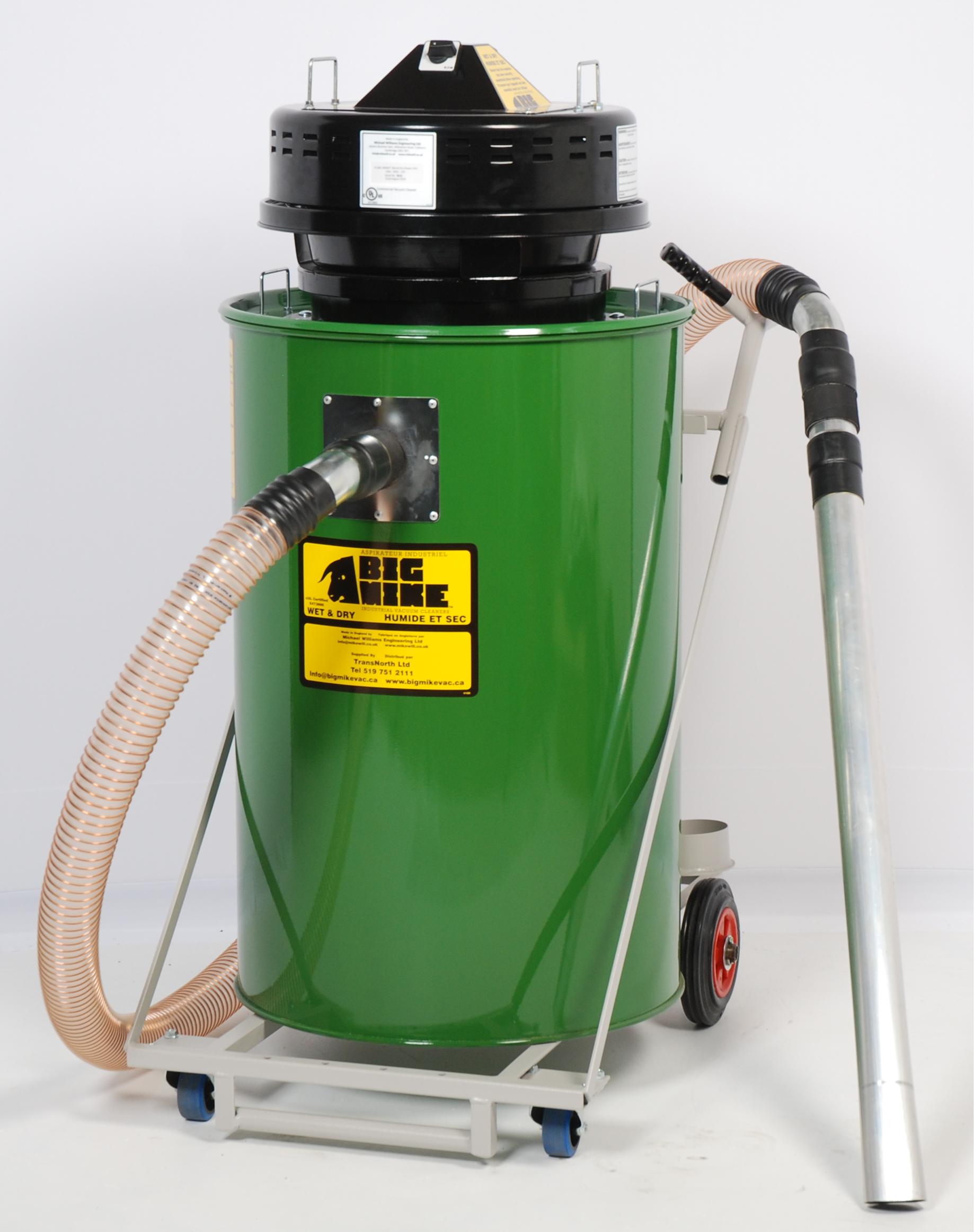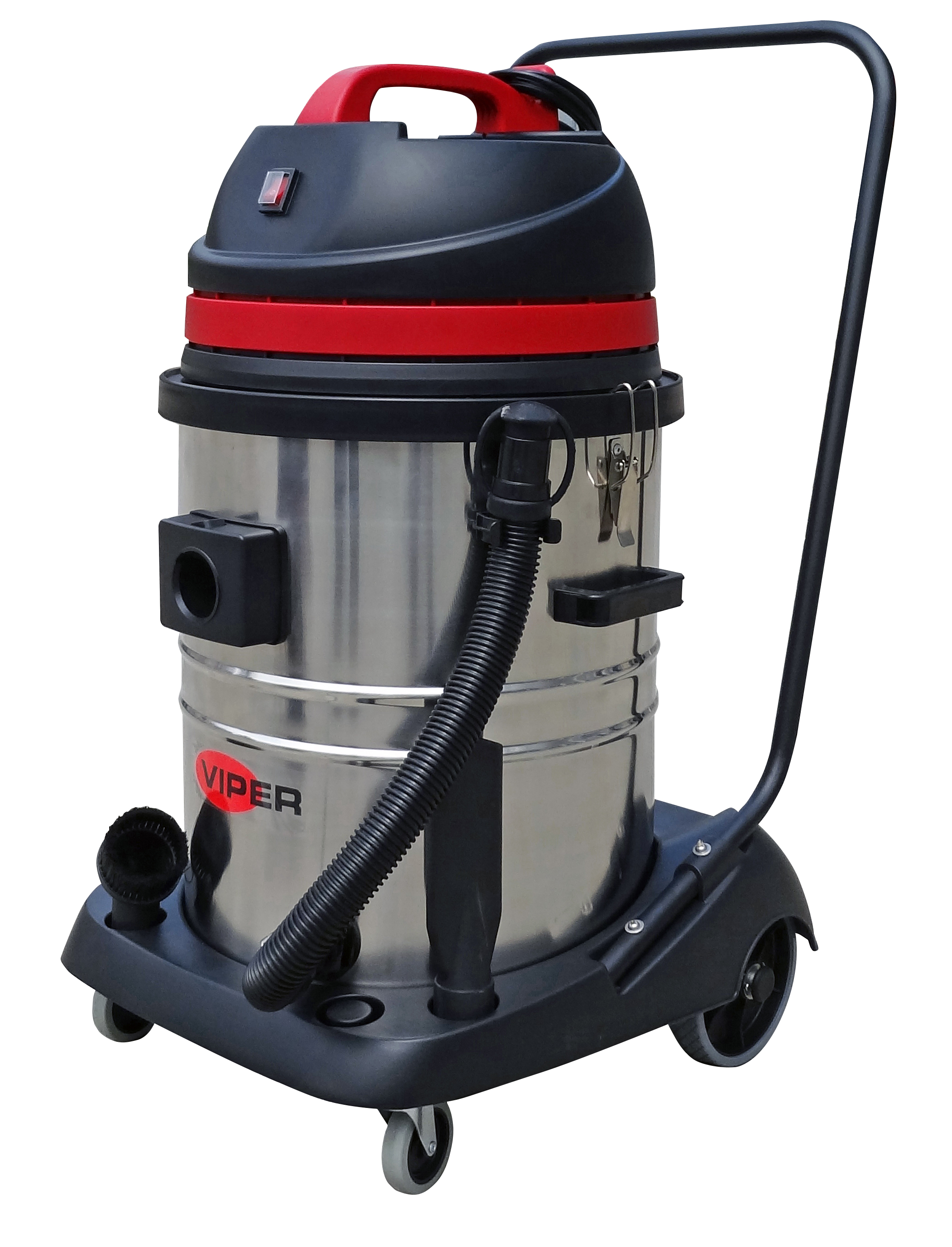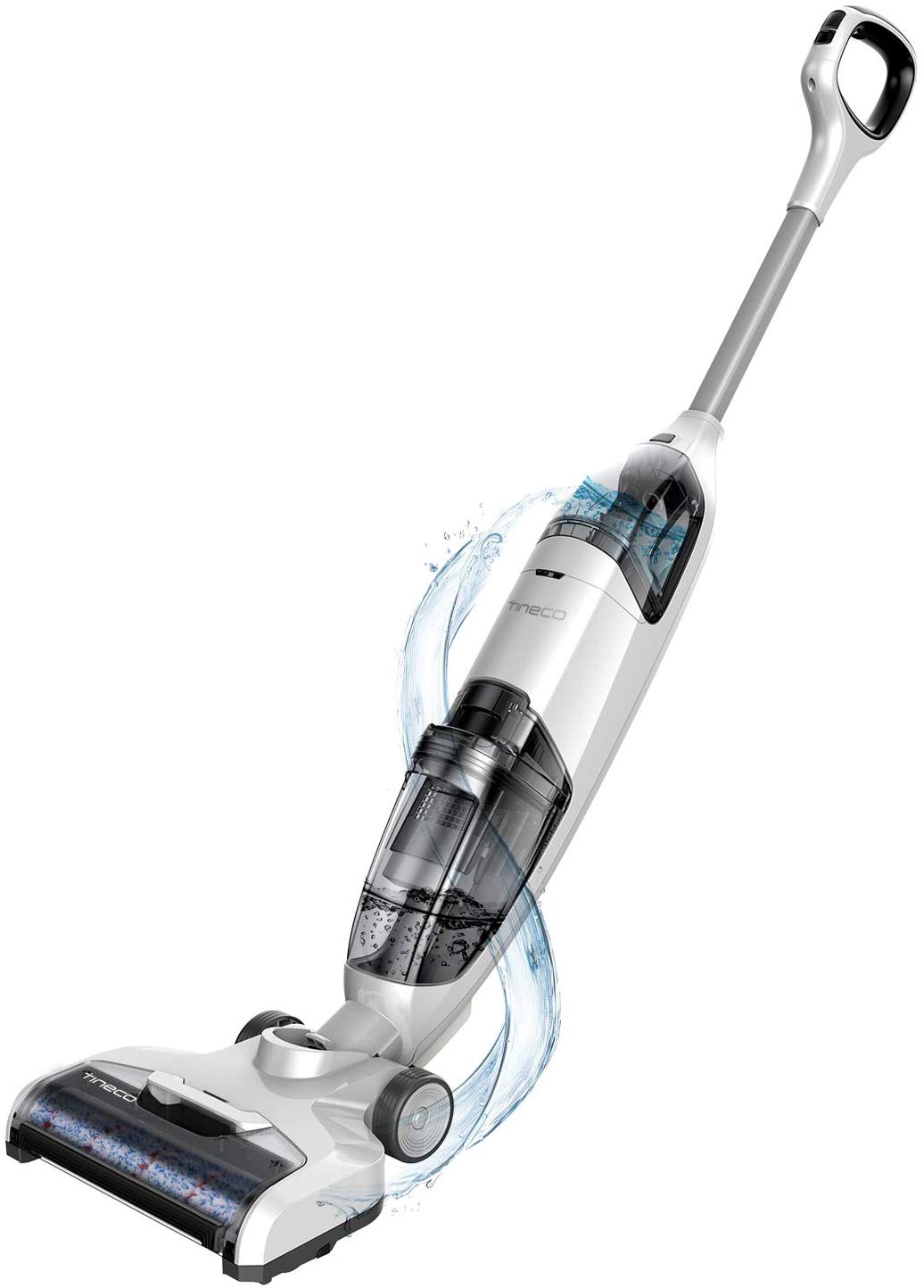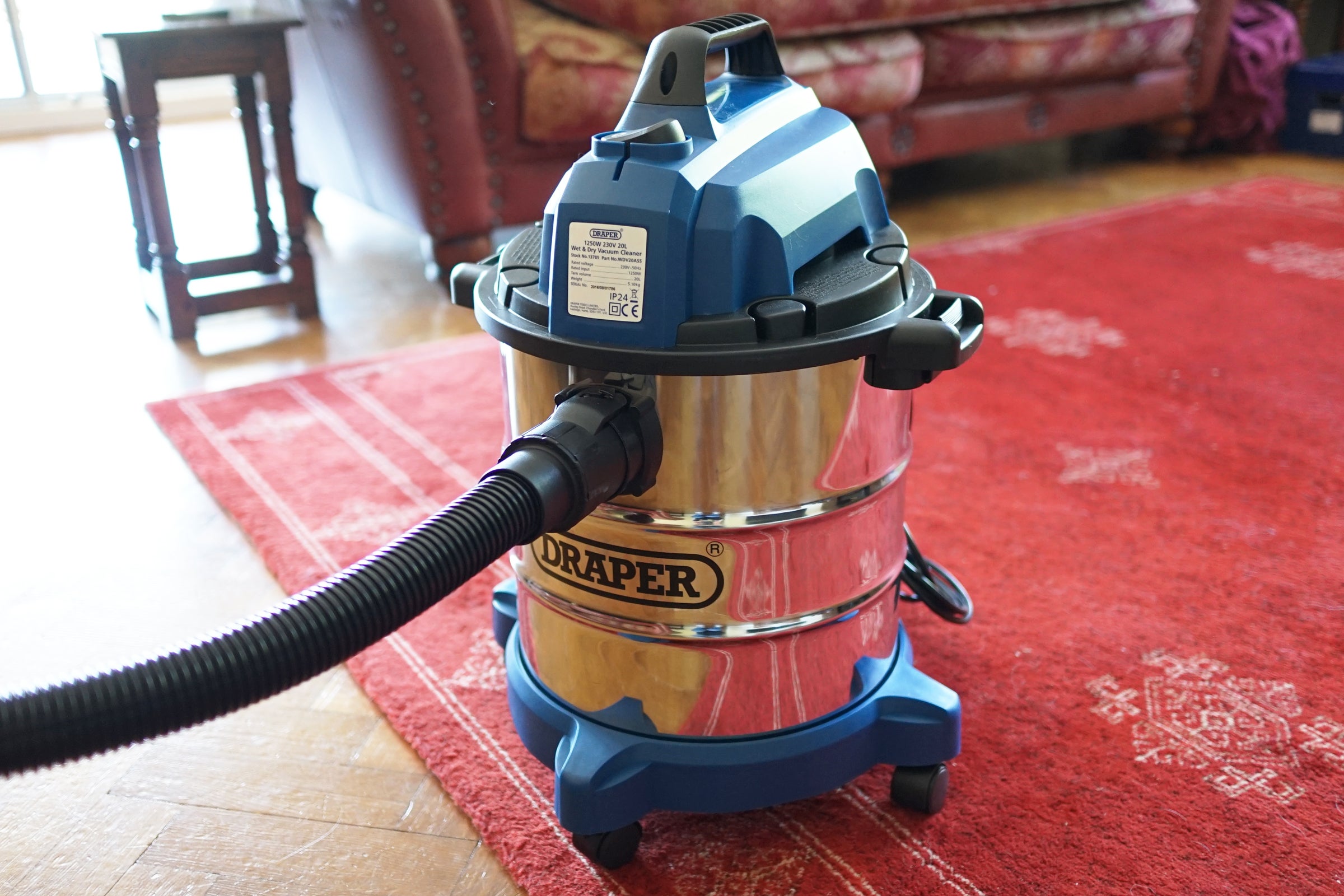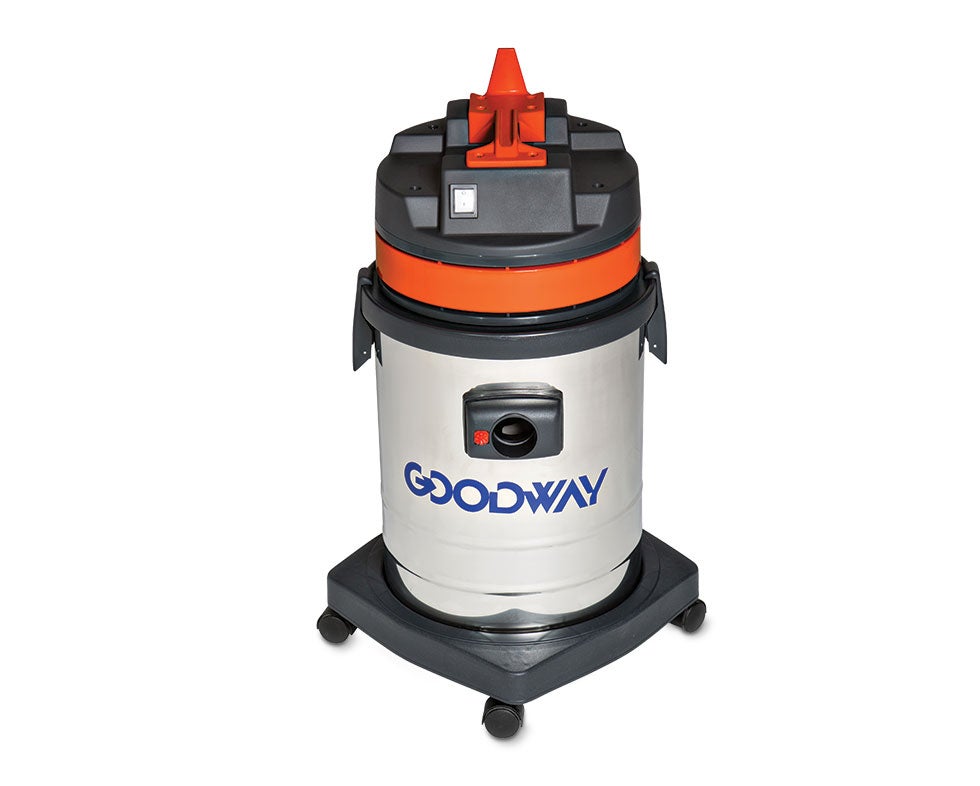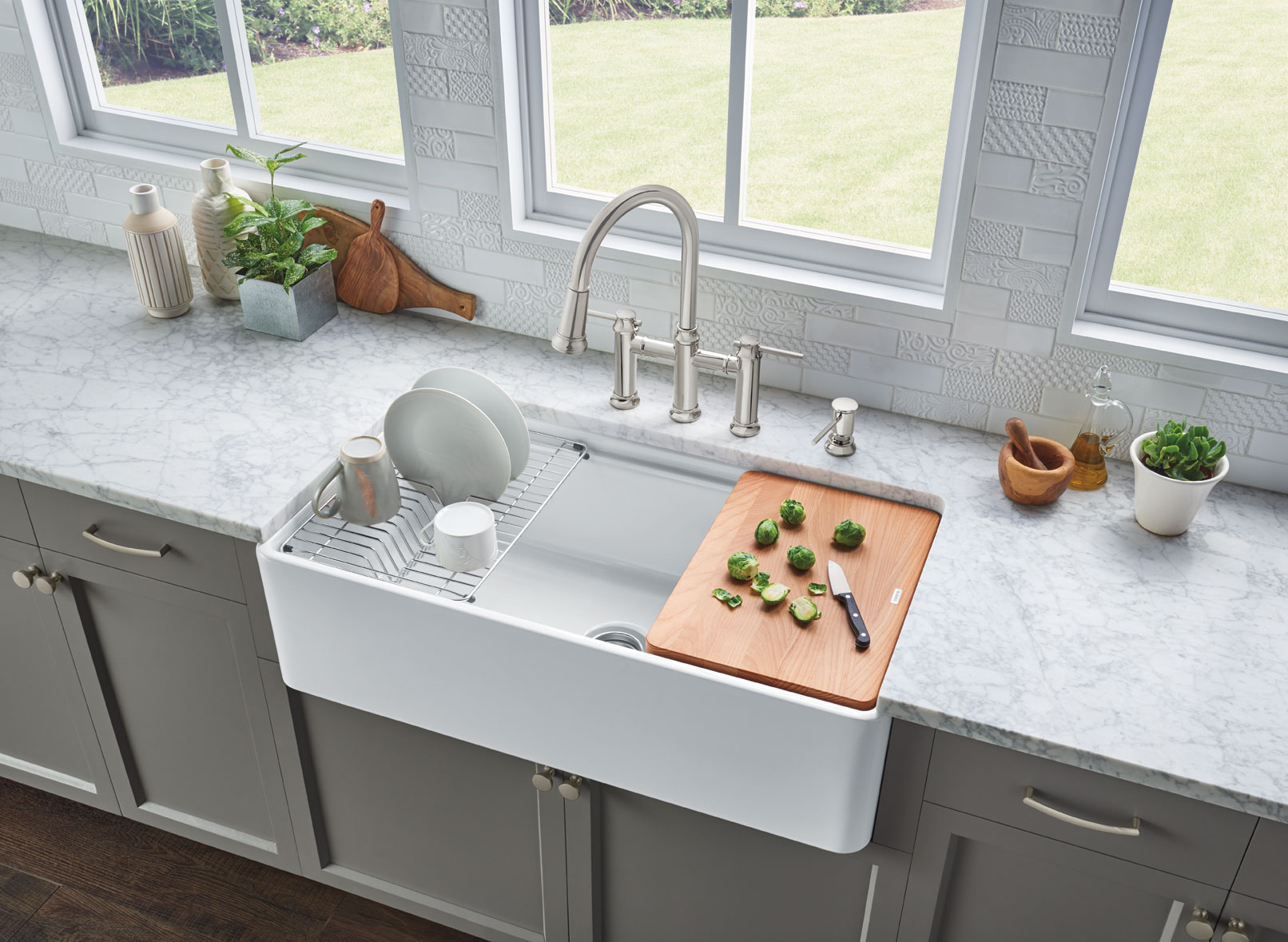If you've ever experienced a slow bathroom sink drain, you know how frustrating it can be. Standing in a pool of water while you brush your teeth or wash your face is not only gross, but it can also be a sign of a bigger plumbing issue. So, what can you do to clear that pesky clog and get your sink draining like new again? One of the most effective tools for unclogging a slow bathroom sink drain is a drain snake. A drain snake is a long, flexible tool that can be inserted into the drain and twisted to break up and remove any obstructions. It works by dislodging and pulling out hair, soap scum, and other debris that may be causing the clog. This tool is essential for any homeowner to have on hand for those unexpected plumbing issues. When using a drain snake, be sure to insert it slowly and carefully to avoid damaging the pipes. Once inserted, twist and turn the snake to loosen the clog. You may need to pull out the snake a few times and flush the drain with hot water to completely clear the clog. With a little patience and elbow grease, your slow bathroom sink drain will be back to normal in no time.Drain snake
Another tried and true tool for clearing a slow bathroom sink drain is a plunger. This handy tool creates suction and pressure that can dislodge and push out clogs. While most people associate plungers with toilets, they are also very effective for sinks. To use a plunger on your bathroom sink, first, make sure there is enough water in the sink to cover the rubber part of the plunger. Then, place the plunger over the drain and push down firmly. Pull up and push down a few times to create suction and pressure. This action should help to loosen and remove the clog. If the clog is particularly stubborn, you may need to try plunging a few more times or combine it with another tool, such as a drain snake or baking soda and vinegar mixture.Plunger
Baking soda is a household staple that has many uses, including clearing a slow bathroom sink drain. This natural ingredient acts as a mild abrasive and can help break down and dissolve clogs. It also has a deodorizing effect, which is great for eliminating any unpleasant odors coming from your drain. To use baking soda to unclog your sink, pour about half a cup of it down the drain. Then, follow it with half a cup of white vinegar. The combination of these two ingredients will create a chemical reaction that can help break down and loosen the clog. Let the mixture sit for about 15 minutes, then flush the drain with hot water. You may need to repeat this process a few times for stubborn clogs.Baking soda
Vinegar is another household staple that can be used to clear a slow bathroom sink drain. As mentioned before, when combined with baking soda, it creates a chemical reaction that can help break down clogs. However, vinegar can also be used on its own to flush out debris and buildup in your sink. To use vinegar to unclog your sink, pour about a cup of it down the drain and let it sit for about an hour. Then, flush the drain with hot water. The acidity of the vinegar can help dissolve and loosen the clog, making it easier to flush out with hot water. If necessary, you can repeat this process a few times for stubborn clogs.Vinegar
If you don't have any other tools or ingredients on hand, boiling water can also be an effective way to clear a slow bathroom sink drain. This method works best for clogs caused by grease or soap scum buildup. To use boiling water to unclog your sink, simply boil a pot of water and carefully pour it down the drain. The hot water will help melt and flush out any grease or soap scum, allowing the water to flow freely again. You may need to repeat this process a few times for stubborn clogs.Boiling water
A plumber's snake, also known as a drain auger, is a more heavy-duty version of a regular drain snake. This tool is often used by professional plumbers to clear tough clogs that cannot be removed with a regular drain snake. A plumber's snake is a long, coiled wire with a handle on one end and a corkscrew-like tip on the other. It works by being inserted into the drain and rotated to catch and remove the clog. This tool can be more challenging to use than a regular drain snake, so it's best to leave it to the professionals if you're not confident in using it yourself.Plumber's snake
Hydrogen peroxide is another household item that can be used to clear a slow bathroom sink drain. Similar to vinegar, it has an acidic nature that can help dissolve clogs. To use hydrogen peroxide to unclog your sink, mix equal parts of it with baking soda to create a paste. Apply the paste to the drain and let it sit for about an hour. Then, flush the drain with hot water. This method may not be as effective as vinegar and baking soda, but it's a good alternative if those ingredients are not available.Hydrogen peroxide
A drain auger, or drain snake, is another tool that can be used to clear a slow bathroom sink drain. This tool is a long, flexible cable with a corkscrew-like tip that can be inserted into the drain and rotated to break up and remove clogs. Using a drain auger is similar to using a regular drain snake, but it's more heavy-duty and may require a bit more strength and precision. If you're not comfortable using this tool, it's best to leave it to the professionals.Drain auger
If you prefer to use a chemical-based solution, an enzyme-based drain cleaner can be an effective way to clear a slow bathroom sink drain. These types of cleaners use enzymes to break down and digest organic materials, such as hair and soap scum, that may be causing the clog. To use an enzyme-based drain cleaner, simply pour it down the drain and let it sit for the recommended amount of time. Then, flush the drain with hot water. These cleaners may take a bit longer to work, but they are less harsh and damaging to your pipes than other chemical cleaners.Enzyme-based drain cleaner
If all else fails, a wet/dry vacuum can be used to suck out any stubborn clogs in your slow bathroom sink drain. This tool works by creating suction to pull out debris and buildup from the pipes. To use a wet/dry vacuum to unclog your sink, you will need to create a tight seal around the drain with the vacuum hose. This may be a bit tricky, but once you have a good seal, turn on the vacuum and let it do its work. Be sure to empty the vacuum regularly to avoid any spills or messes. With these top 10 main tools for clearing a slow bathroom sink drain, you can say goodbye to standing in a pool of water while you brush your teeth. Whether you prefer natural or chemical-based solutions, there is a tool for every type of clog. Remember to always be cautious when using any tools or ingredients and don't be afraid to call a professional if you're not comfortable with DIY methods. Happy unclogging!Wet/dry vacuum
Additional Tools for Clearing Slow Bathroom Sink Drain
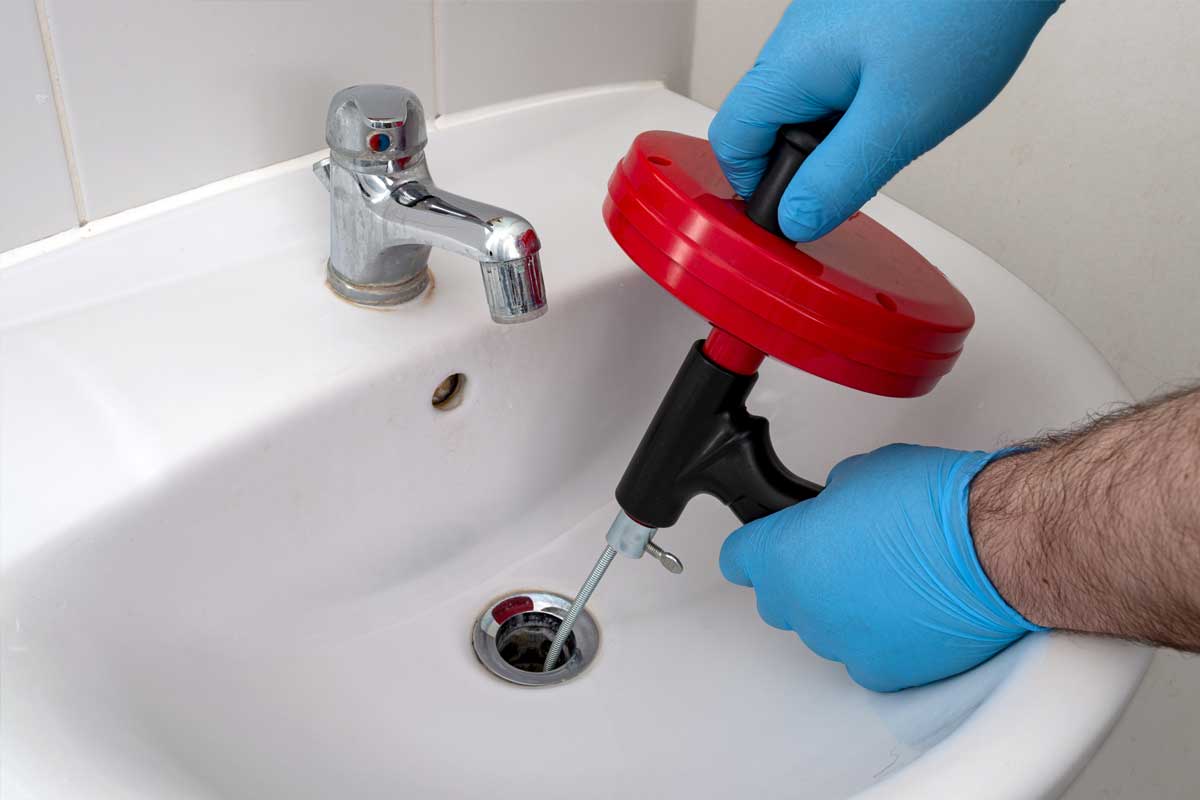
1. Plunger
 A plunger is a classic tool for clearing clogged drains, including a slow bathroom sink drain. It works by creating suction and pressure to dislodge the blockage. To use a plunger, make sure to cover the overflow hole with a wet cloth or tape to create a seal. Then, place the plunger over the drain and pump it up and down several times. This should help to loosen and remove the obstruction in the drainage pipe.
A plunger is a classic tool for clearing clogged drains, including a slow bathroom sink drain. It works by creating suction and pressure to dislodge the blockage. To use a plunger, make sure to cover the overflow hole with a wet cloth or tape to create a seal. Then, place the plunger over the drain and pump it up and down several times. This should help to loosen and remove the obstruction in the drainage pipe.
2. Drain Snake
 A drain snake, also known as a plumbing auger, is a long, flexible tool with a coiled metal wire attached to one end. It is designed to reach deep into the pipes and break apart clogs. To use a drain snake, insert the coiled end into the drain and twist it down until you feel resistance. Continue twisting and pushing the snake until it reaches the clog. Then, rotate and pull the snake back out to remove the blockage.
A drain snake, also known as a plumbing auger, is a long, flexible tool with a coiled metal wire attached to one end. It is designed to reach deep into the pipes and break apart clogs. To use a drain snake, insert the coiled end into the drain and twist it down until you feel resistance. Continue twisting and pushing the snake until it reaches the clog. Then, rotate and pull the snake back out to remove the blockage.
3. Baking Soda and Vinegar
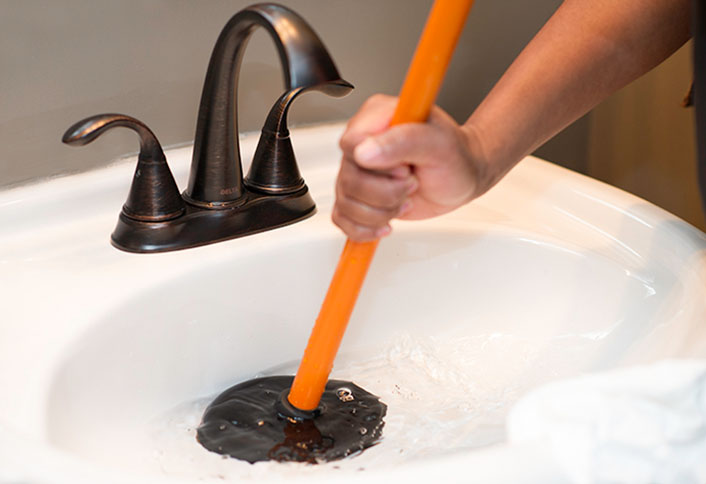 For a natural and eco-friendly option, you can use a combination of baking soda and vinegar to clear a slow bathroom sink drain. First, pour half a cup of baking soda down the drain, followed by half a cup of vinegar. Let the mixture sit for about 30 minutes, then pour hot water down the drain to flush away the clog.
For a natural and eco-friendly option, you can use a combination of baking soda and vinegar to clear a slow bathroom sink drain. First, pour half a cup of baking soda down the drain, followed by half a cup of vinegar. Let the mixture sit for about 30 minutes, then pour hot water down the drain to flush away the clog.
4. Caustic Soda
 Caustic soda, also known as sodium hydroxide, is a powerful chemical that can dissolve most organic materials, including hair and soap scum, which commonly cause slow bathroom sink drains. However, it is highly corrosive and can be dangerous if not handled properly. Make sure to wear protective gear and follow the instructions carefully when using caustic soda to clear a clog.
Caustic soda, also known as sodium hydroxide, is a powerful chemical that can dissolve most organic materials, including hair and soap scum, which commonly cause slow bathroom sink drains. However, it is highly corrosive and can be dangerous if not handled properly. Make sure to wear protective gear and follow the instructions carefully when using caustic soda to clear a clog.
5. Enzyme Cleaners
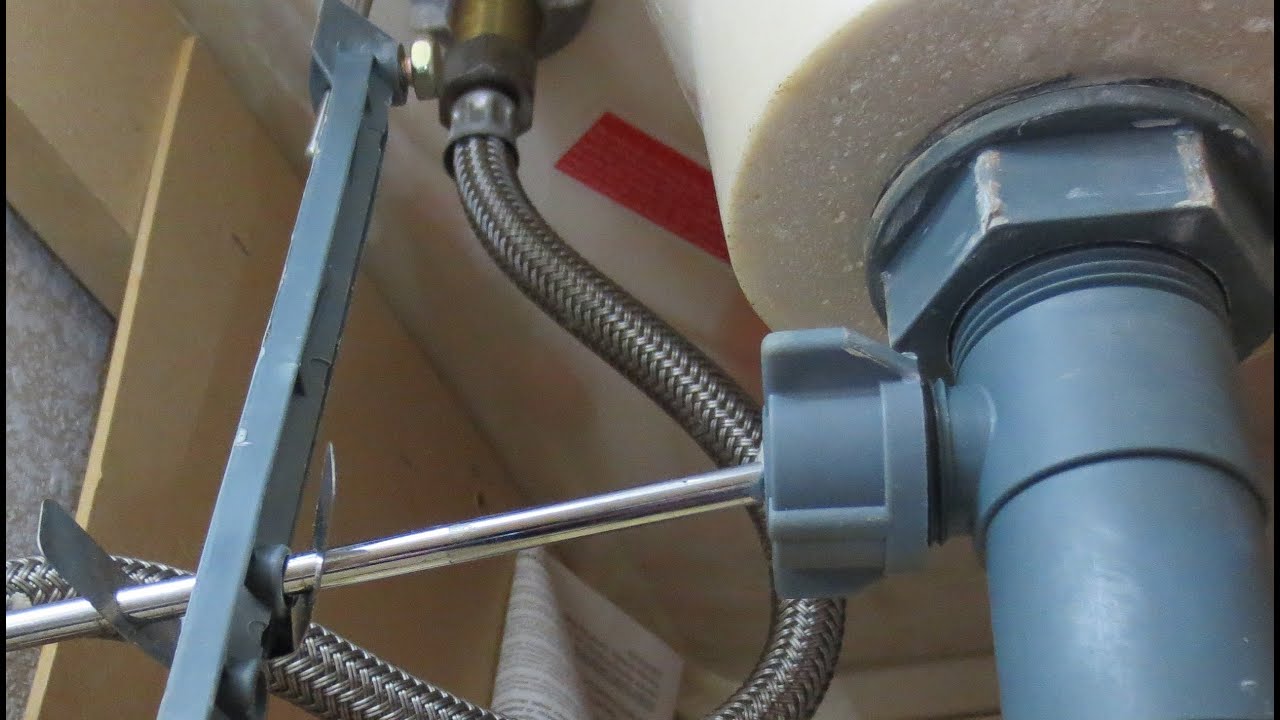 Enzyme cleaners are a more gentle and environmentally-friendly option for clearing slow bathroom sink drains. These cleaners contain natural enzymes that break down organic materials, such as hair and soap scum, without causing harm to your pipes or the environment. Simply pour the recommended amount of cleaner down the drain and let it sit for a few hours or overnight before flushing with hot water.
With these additional tools, you can effectively clear a slow bathroom sink drain and prevent future clogs. However, if the problem persists or you are unsure about using these tools, it is best to seek professional help from a plumber. Remember to always take proper safety precautions when using any tools or chemicals to avoid accidents and damage to your plumbing system.
Enzyme cleaners are a more gentle and environmentally-friendly option for clearing slow bathroom sink drains. These cleaners contain natural enzymes that break down organic materials, such as hair and soap scum, without causing harm to your pipes or the environment. Simply pour the recommended amount of cleaner down the drain and let it sit for a few hours or overnight before flushing with hot water.
With these additional tools, you can effectively clear a slow bathroom sink drain and prevent future clogs. However, if the problem persists or you are unsure about using these tools, it is best to seek professional help from a plumber. Remember to always take proper safety precautions when using any tools or chemicals to avoid accidents and damage to your plumbing system.
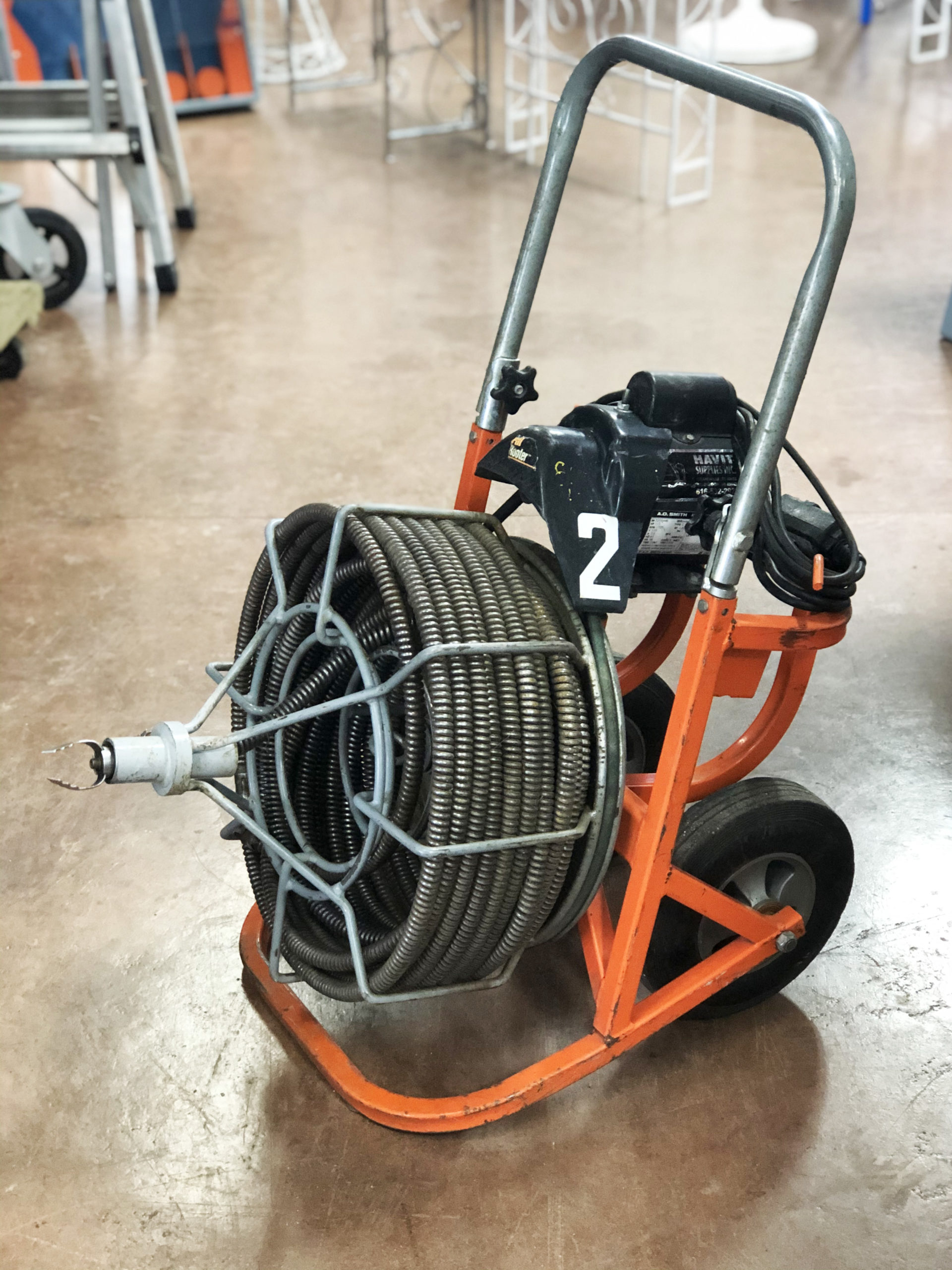

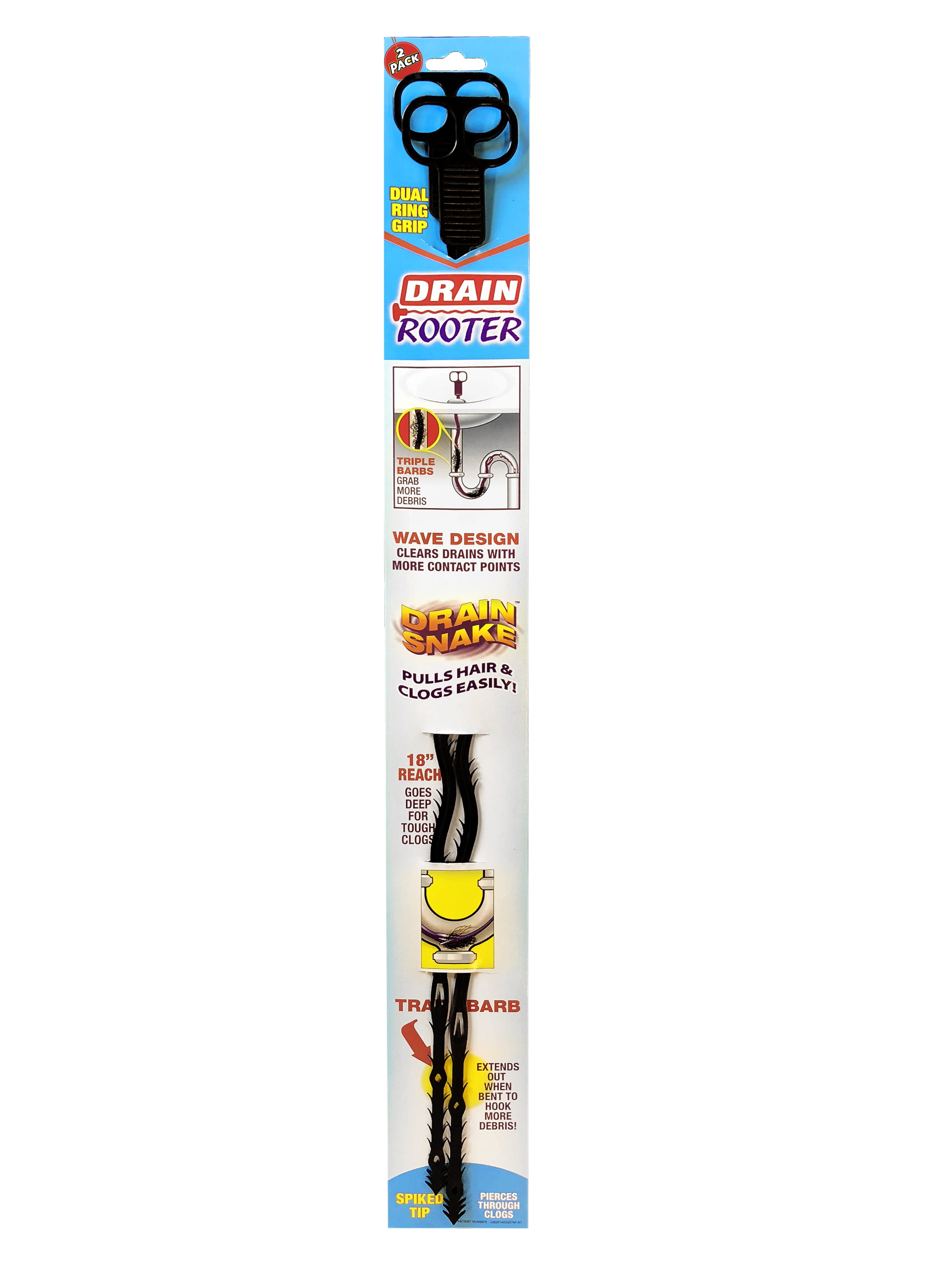

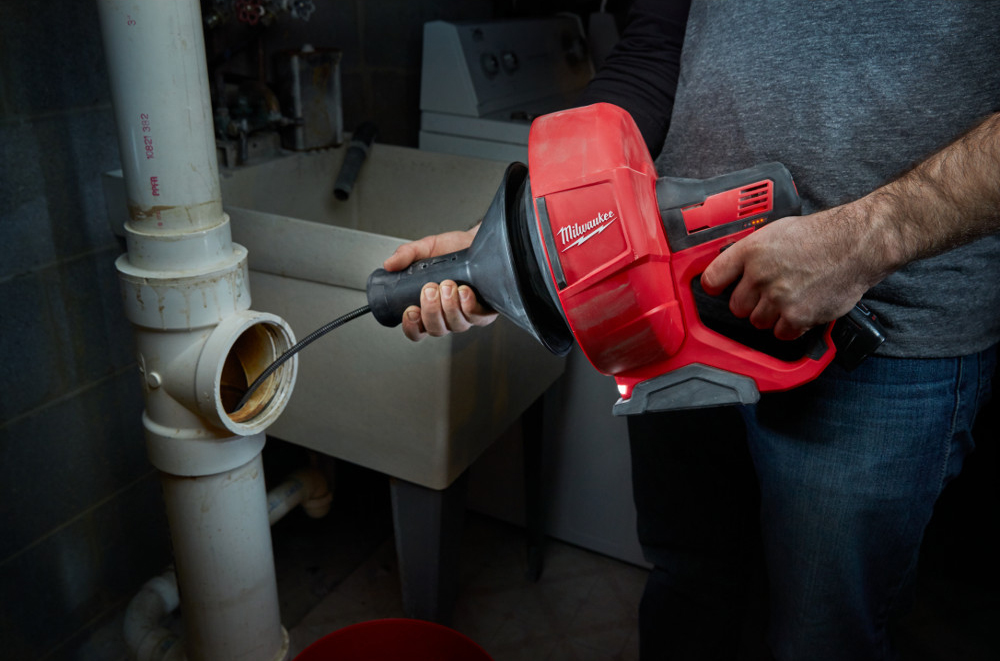

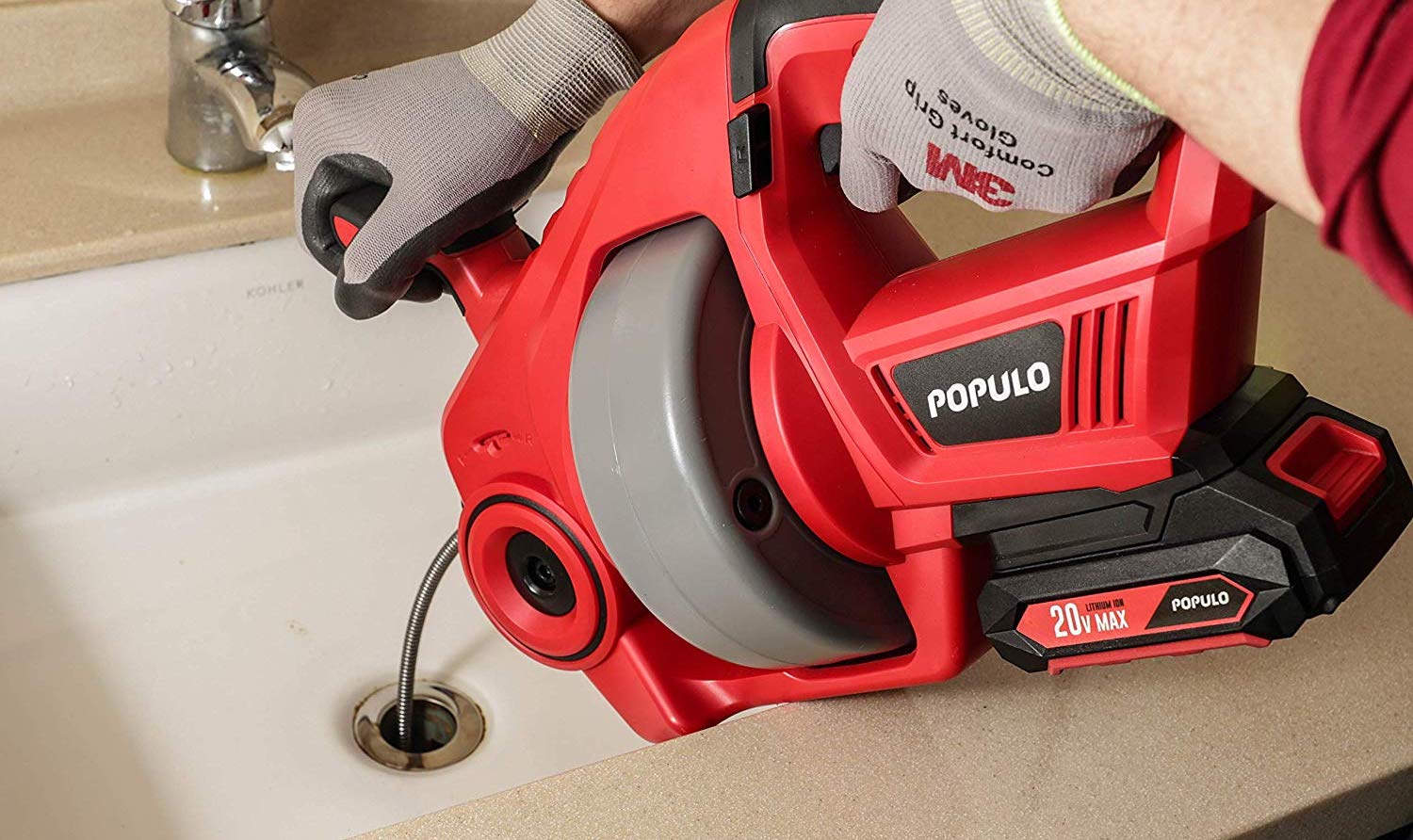



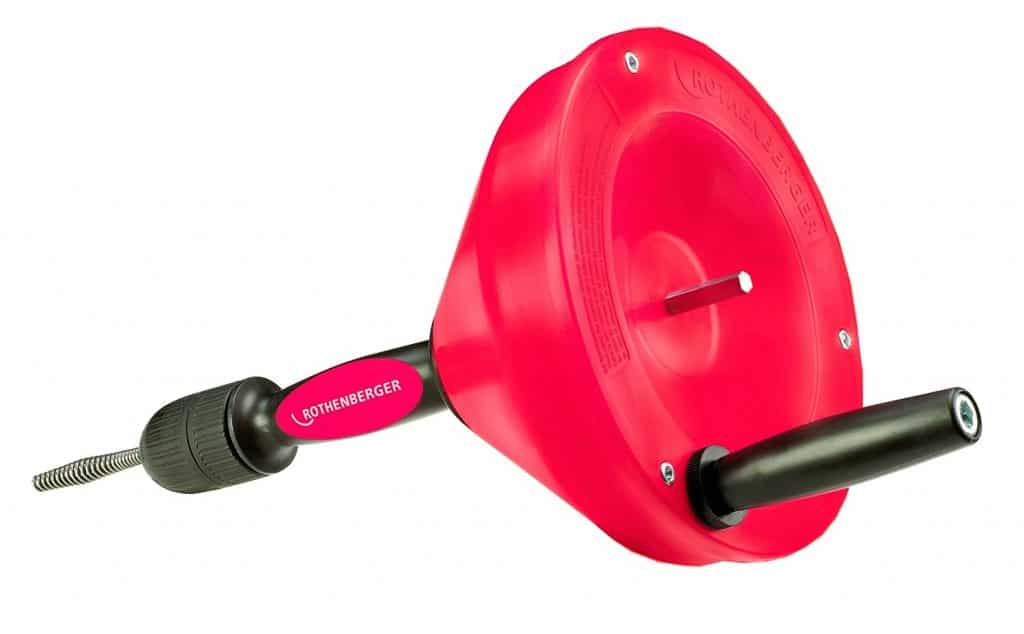
:max_bytes(150000):strip_icc()/drain-snake-auger-stuck-1822488-hero-836b642775194604922b83c45137f5f2.jpg)
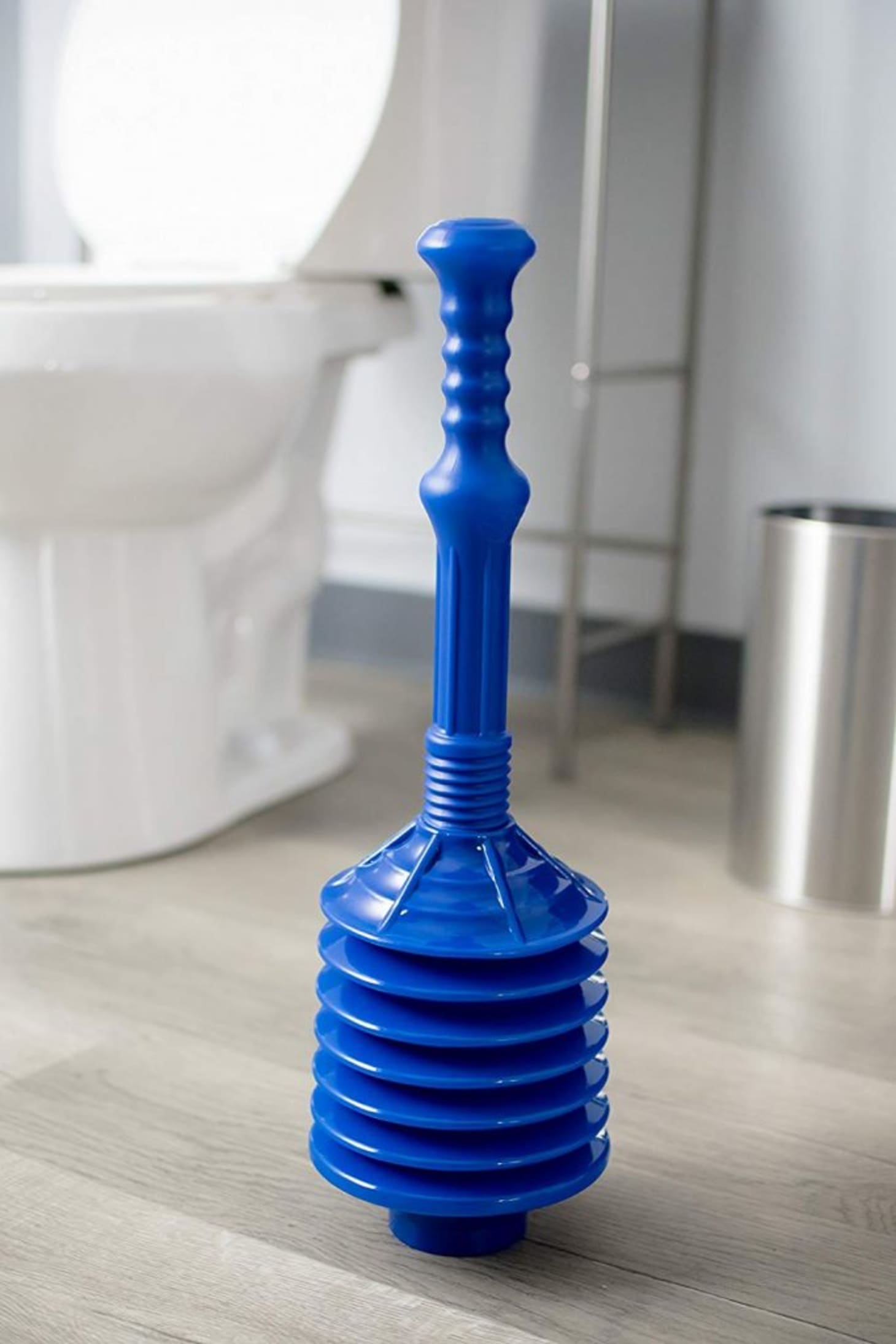

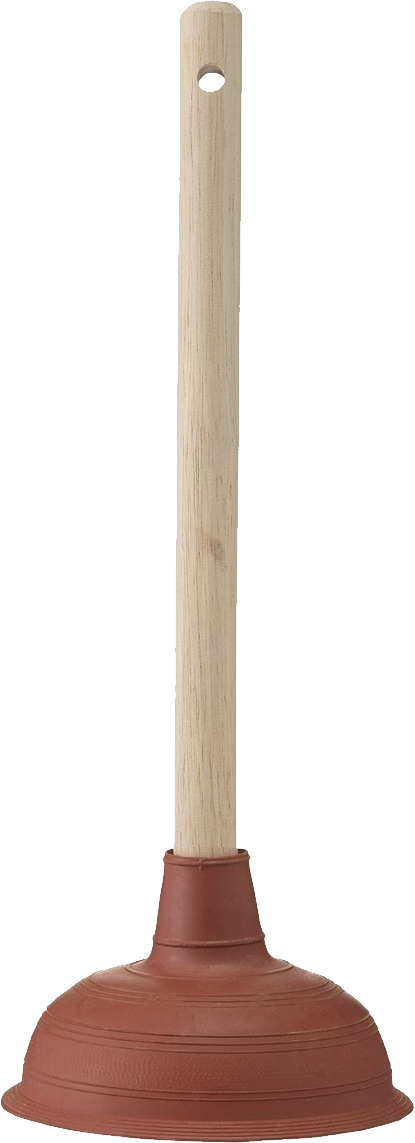
/GettyImages-173683465-58f822b83df78ca159d4543a.jpg)

:max_bytes(150000):strip_icc()/toilet-plunger-80708184-5797d8885f9b58461f591260.jpg)


:max_bytes(150000):strip_icc()/toilette-plunger--92314164-873564a34a3441058f00a8d6fc1f0441.jpg)
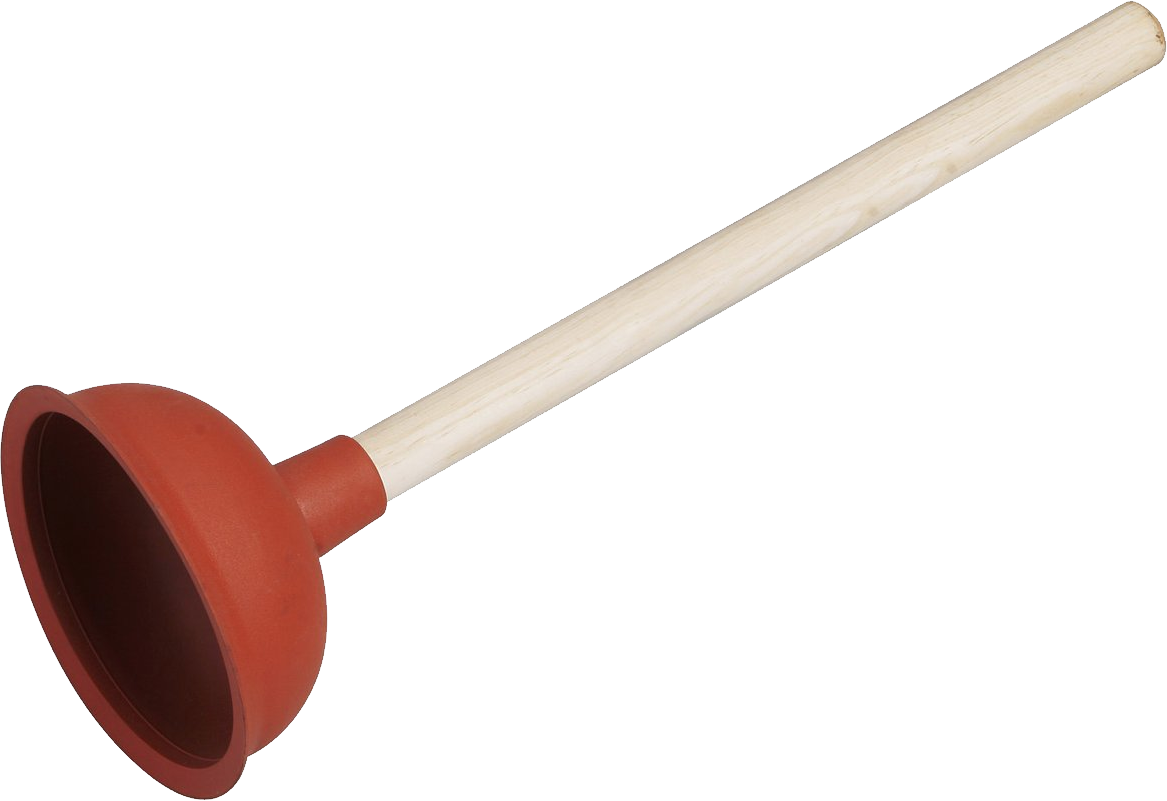
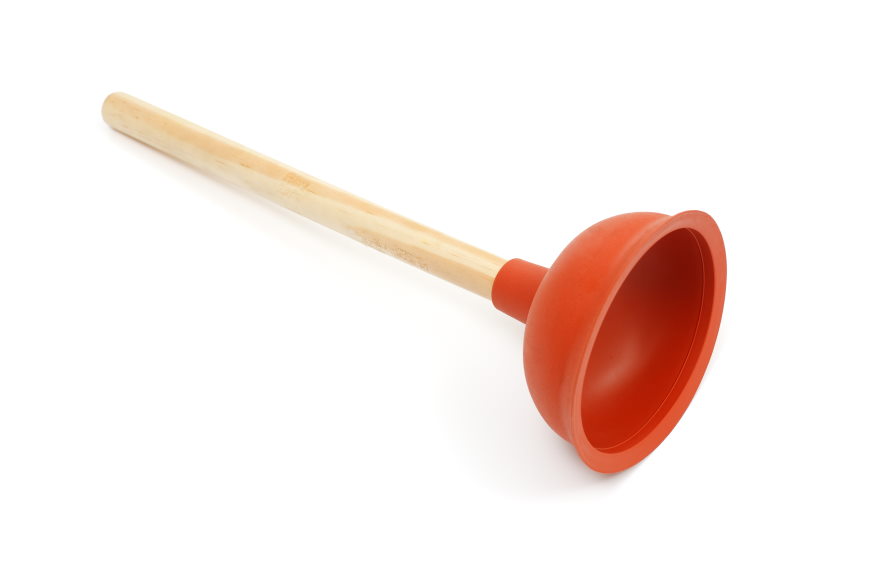
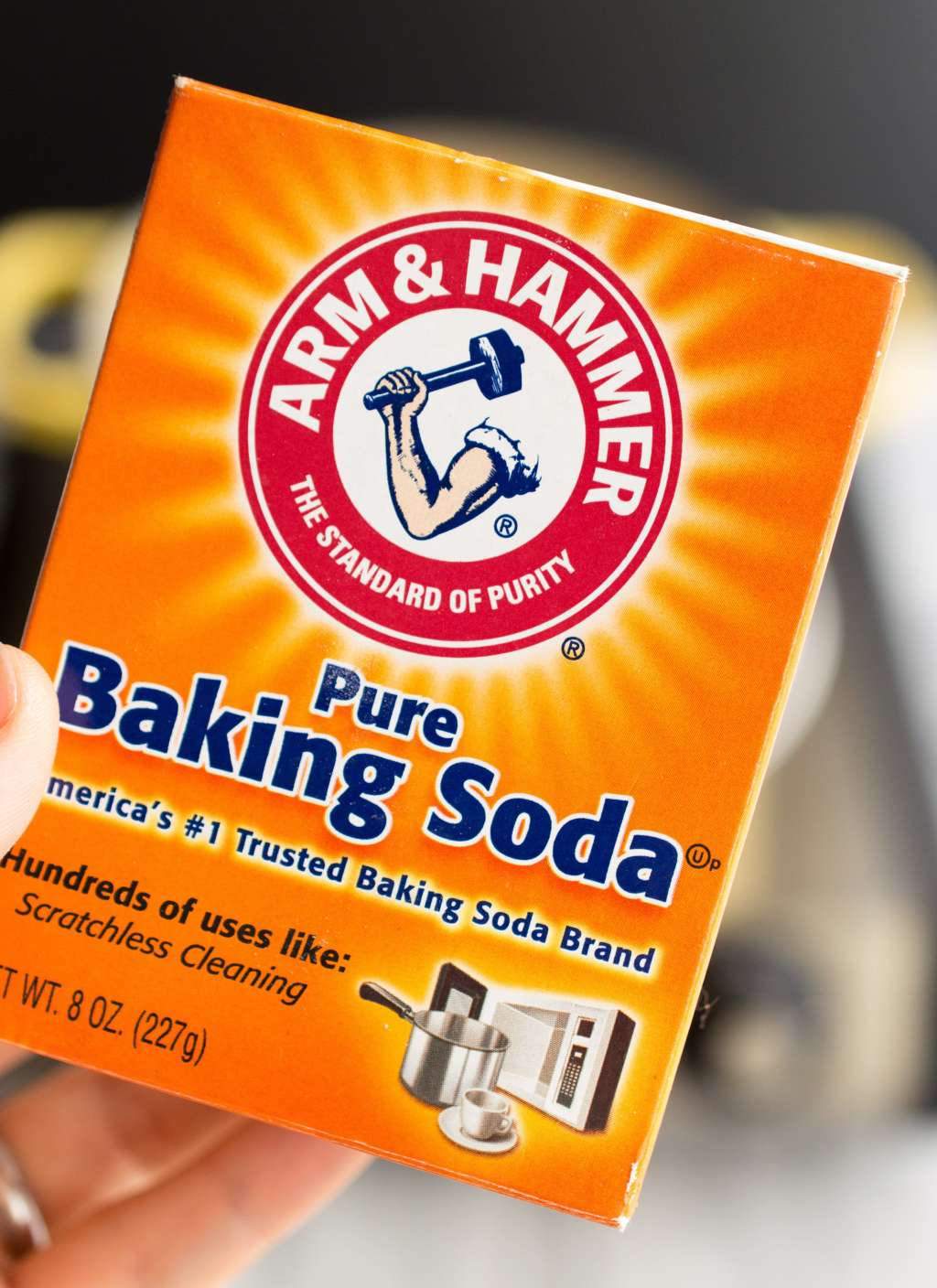
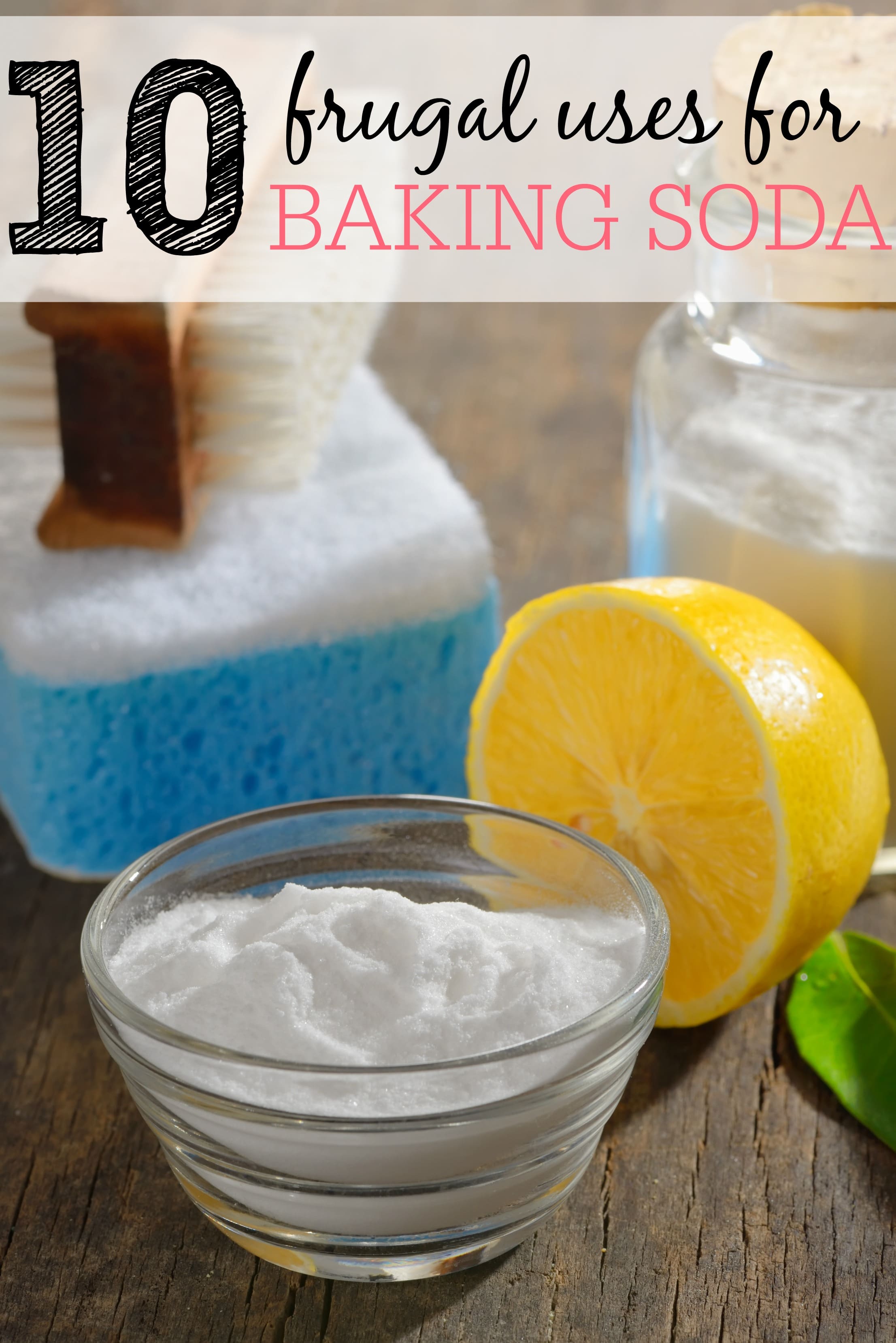
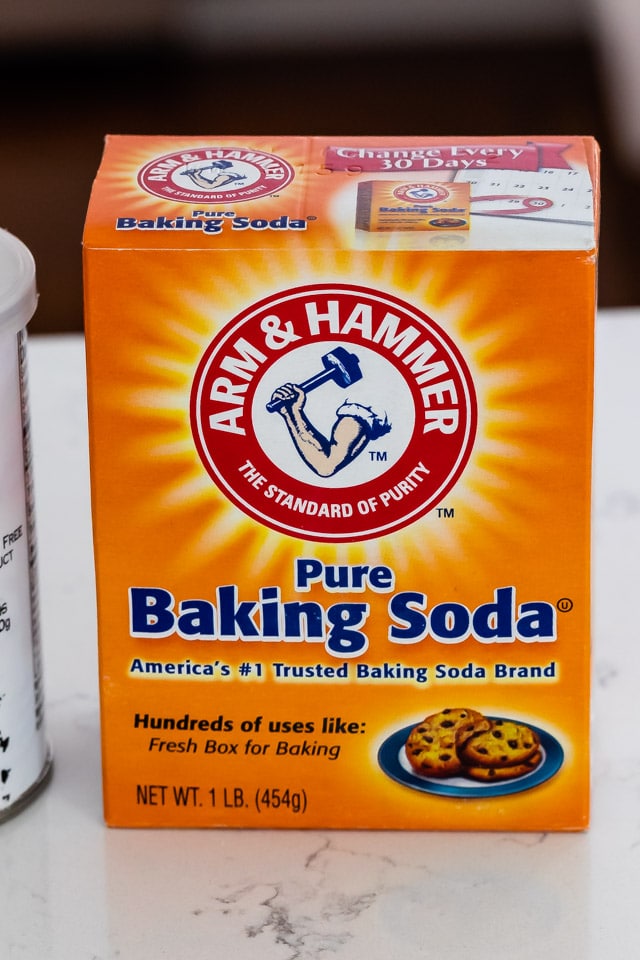



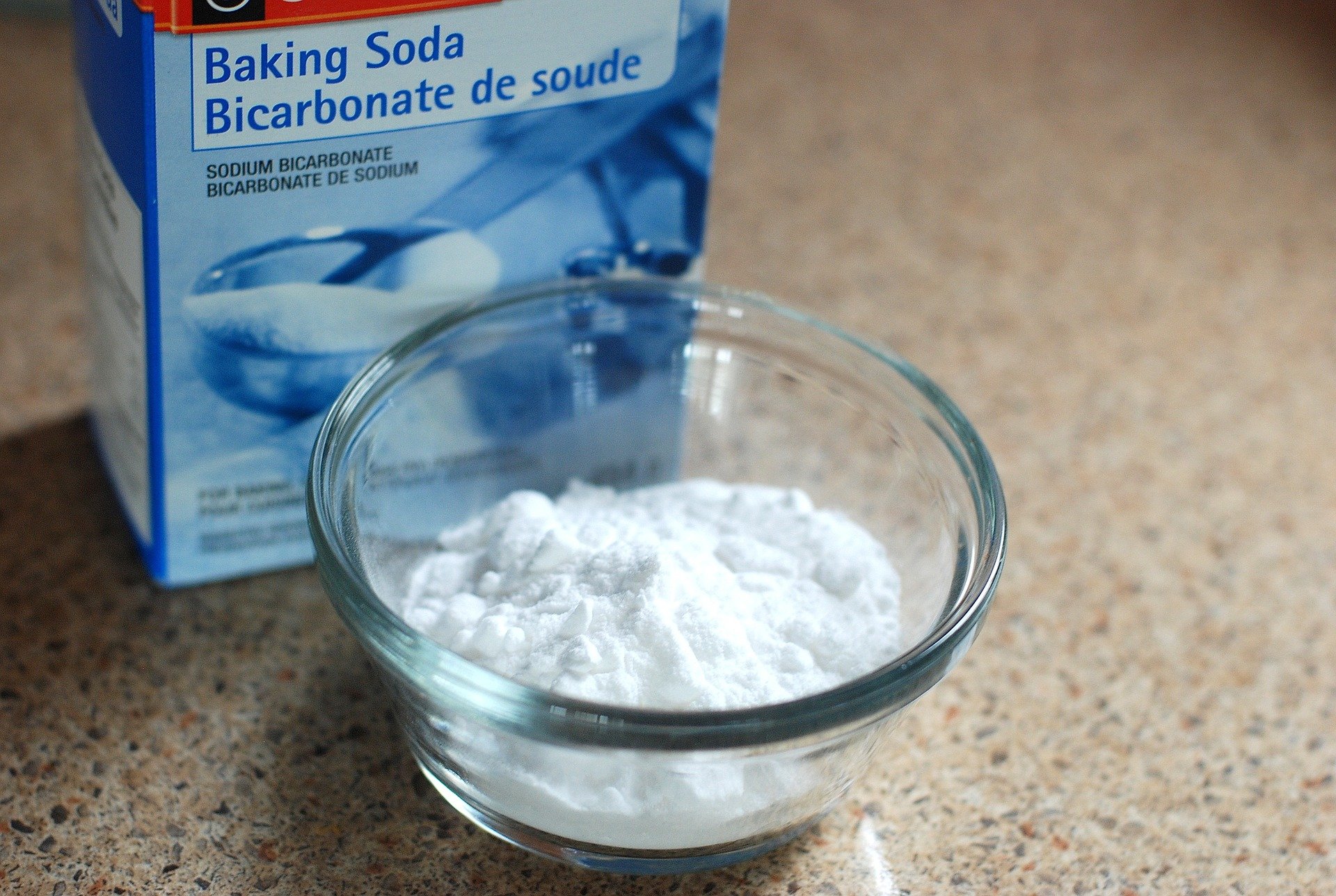
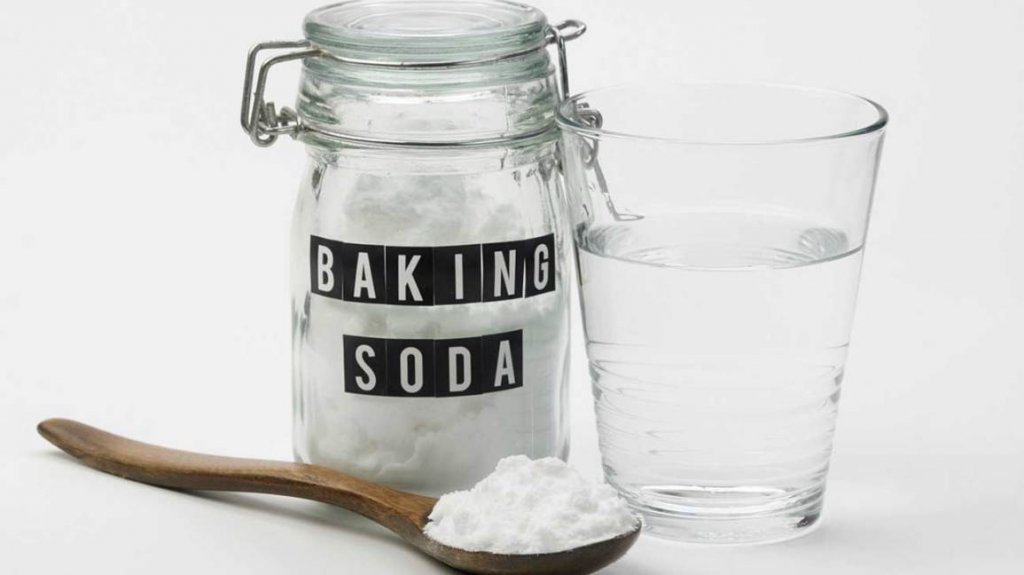

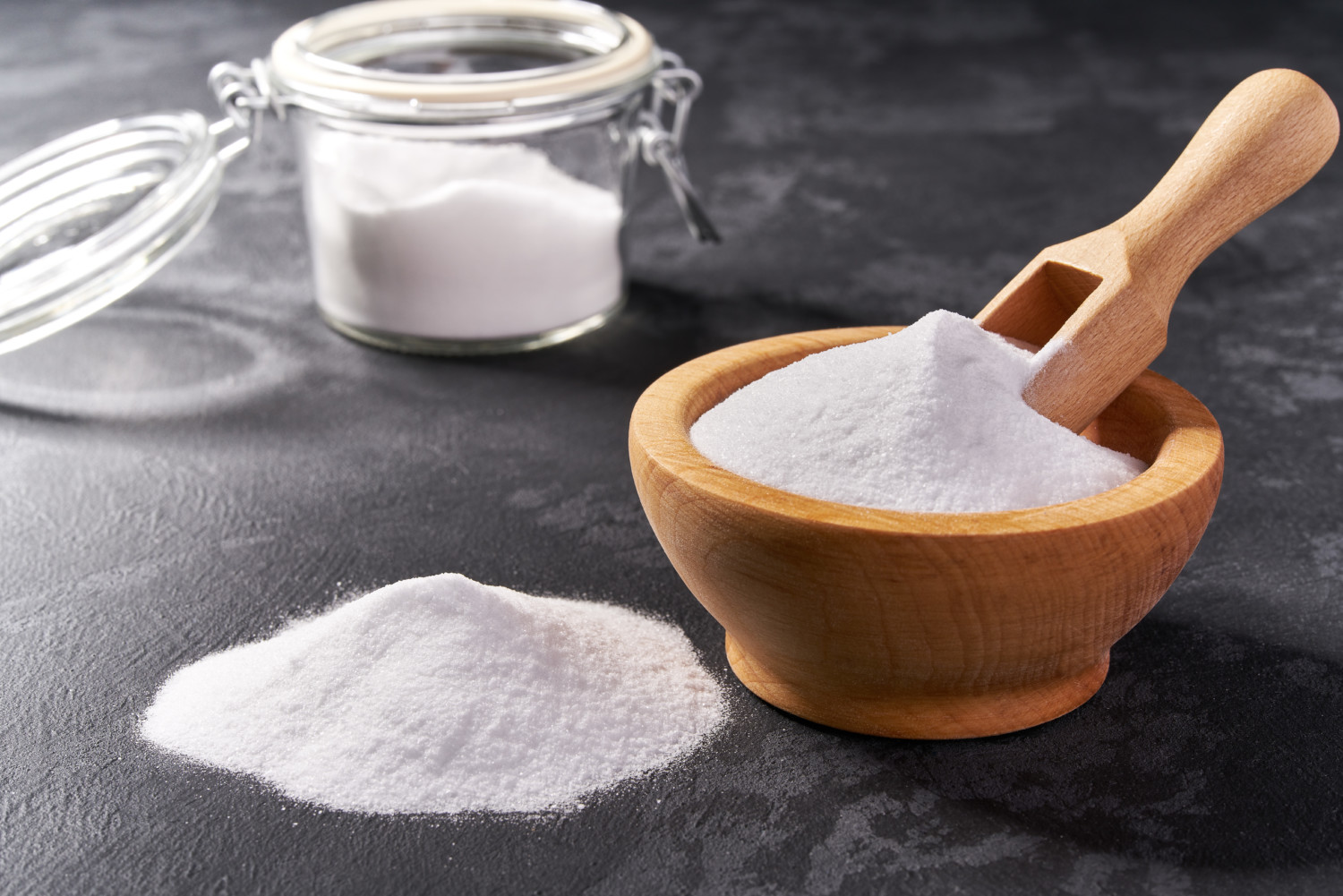
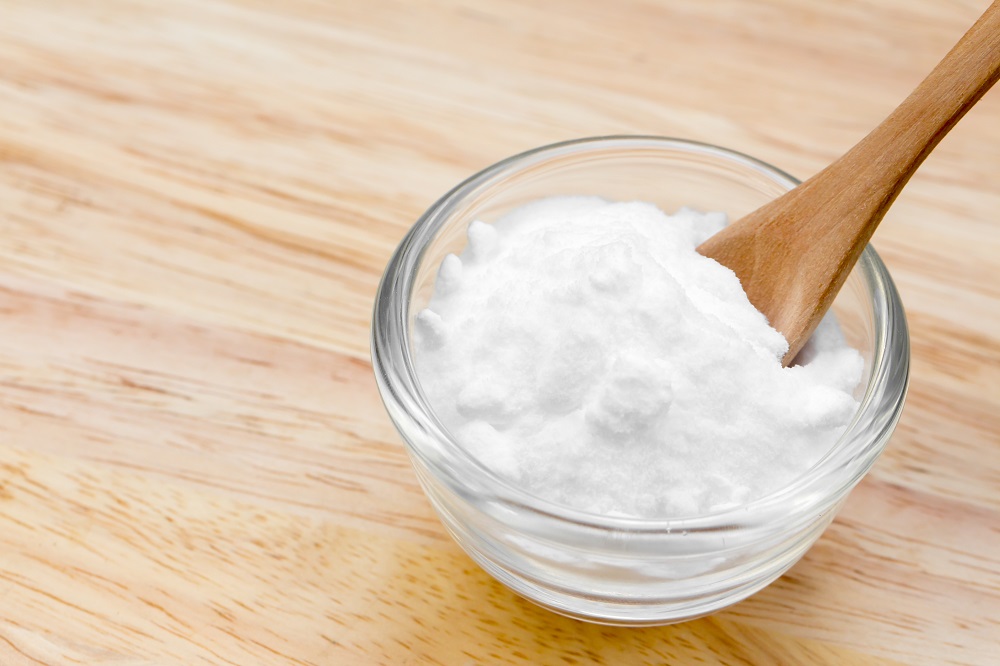

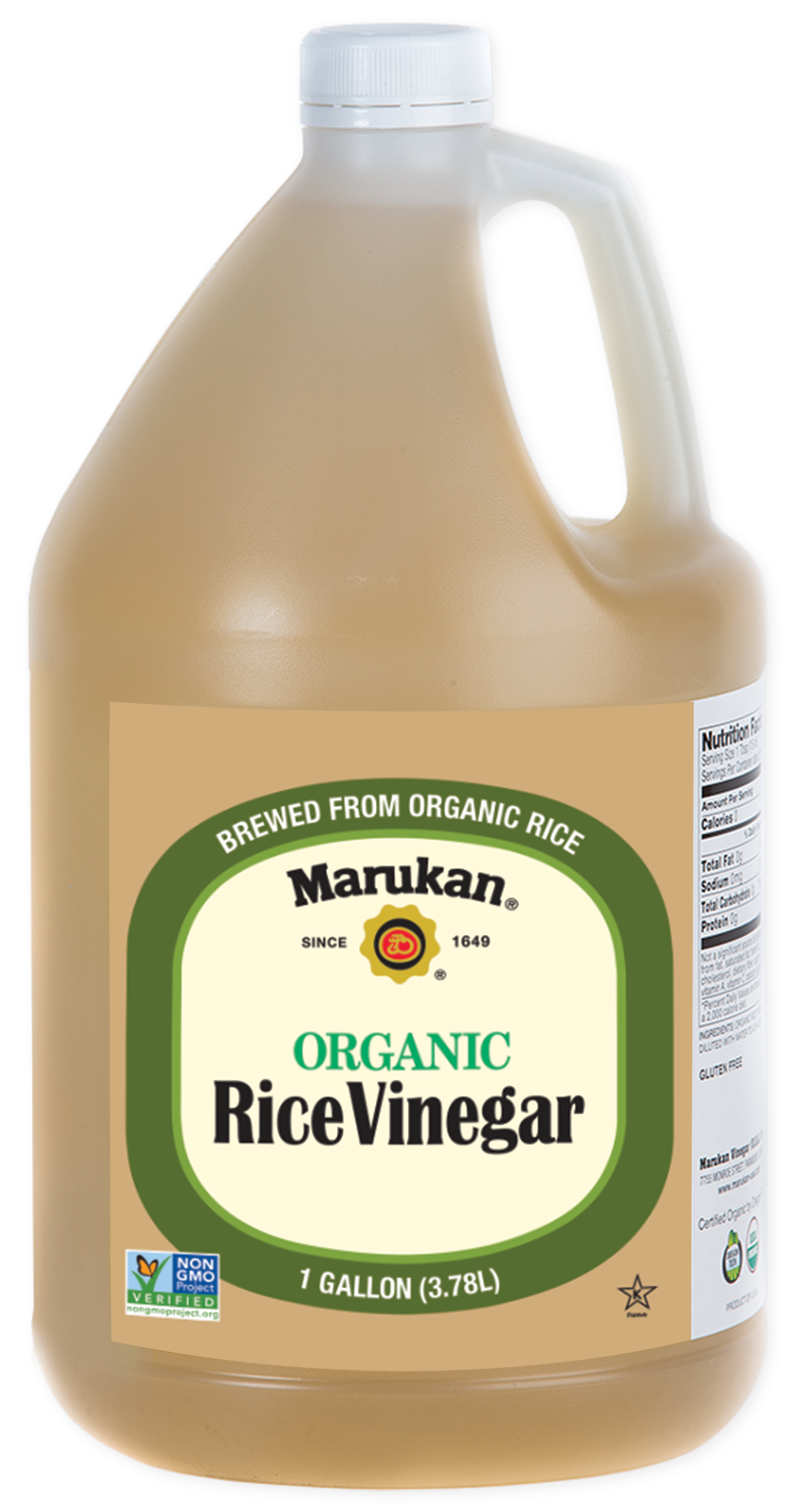


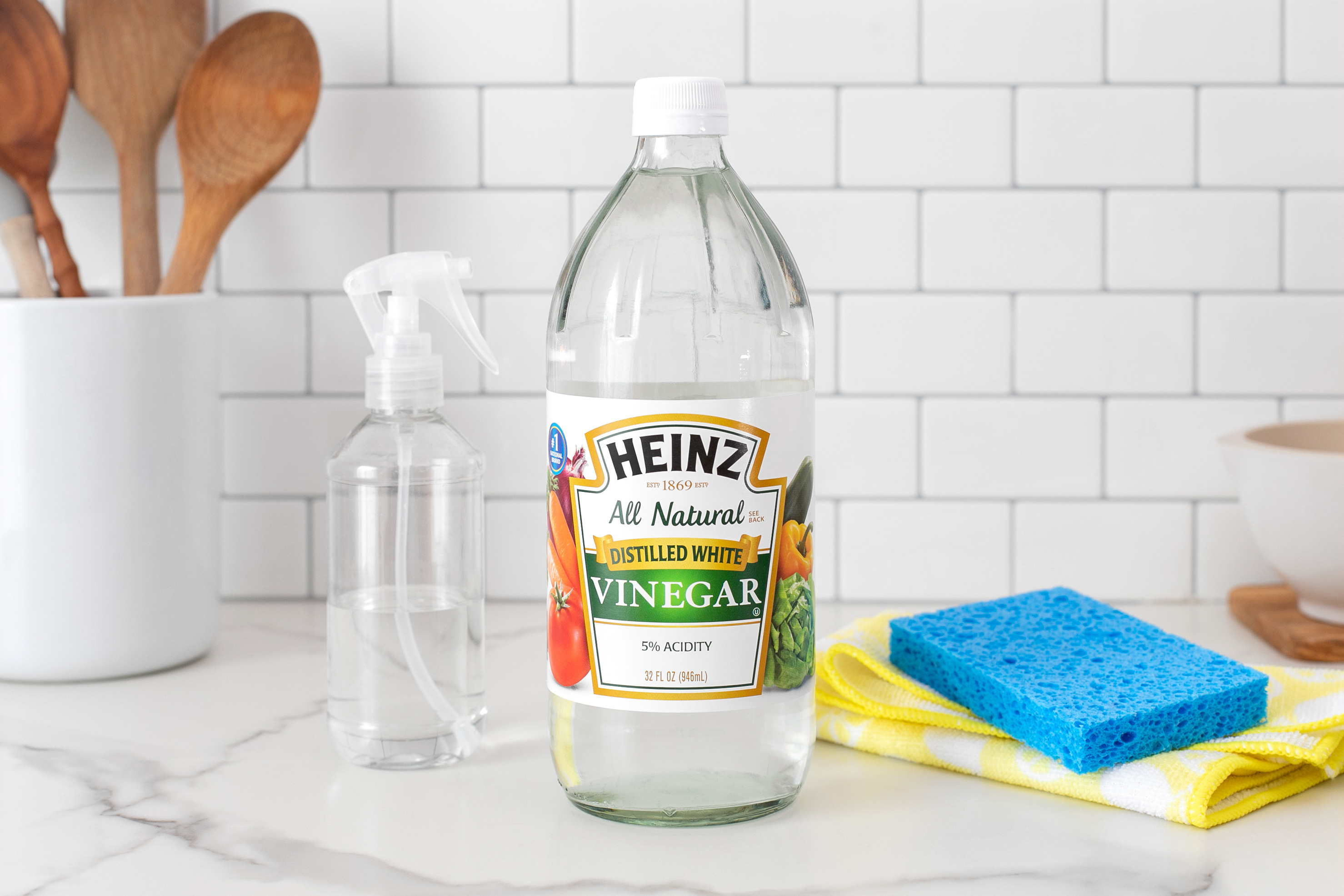
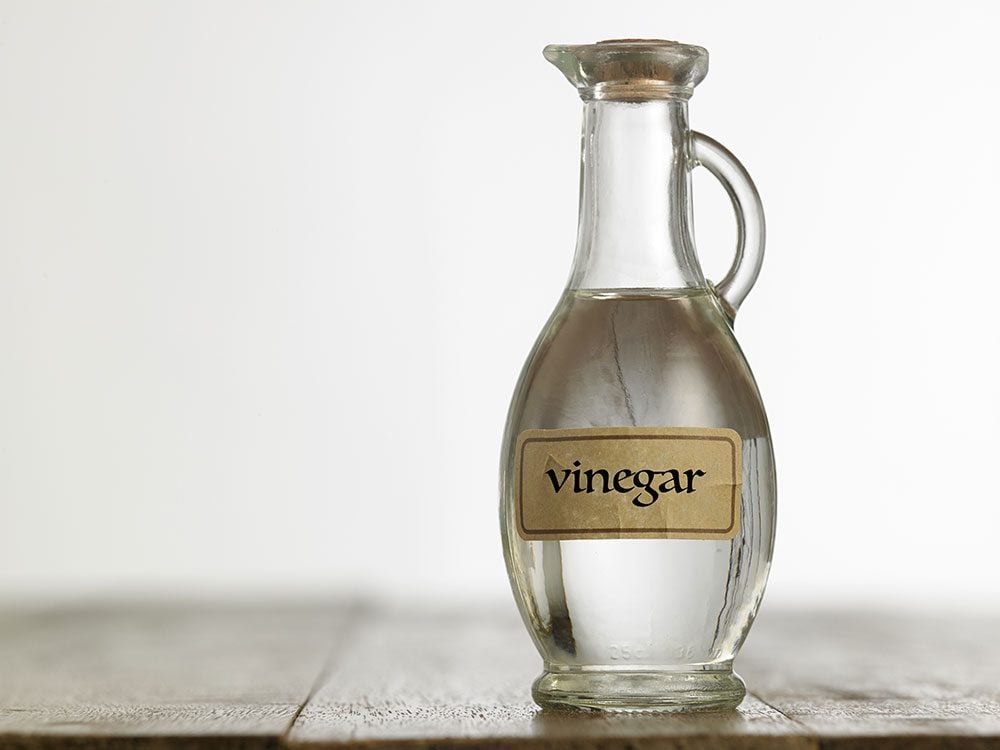







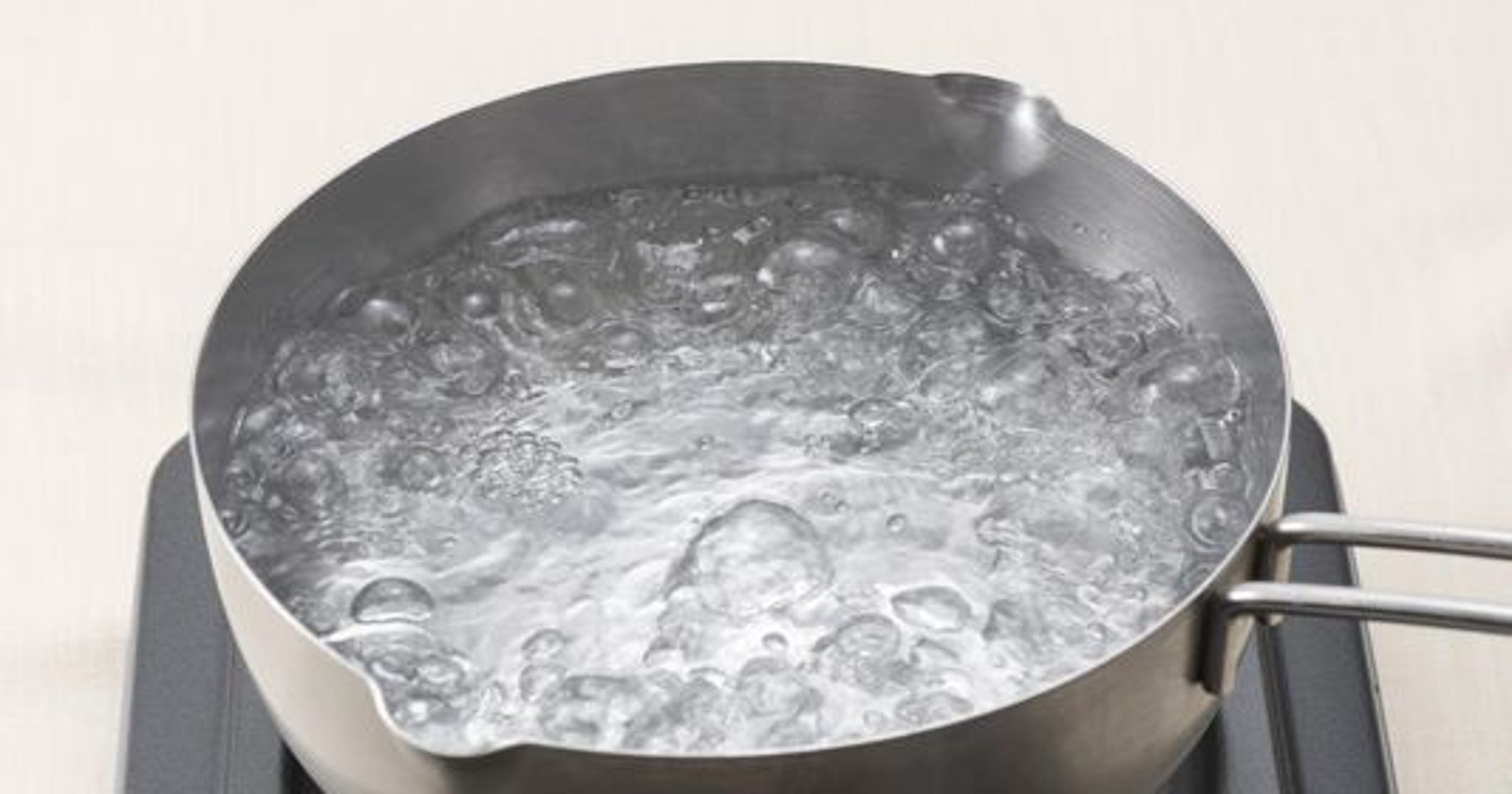
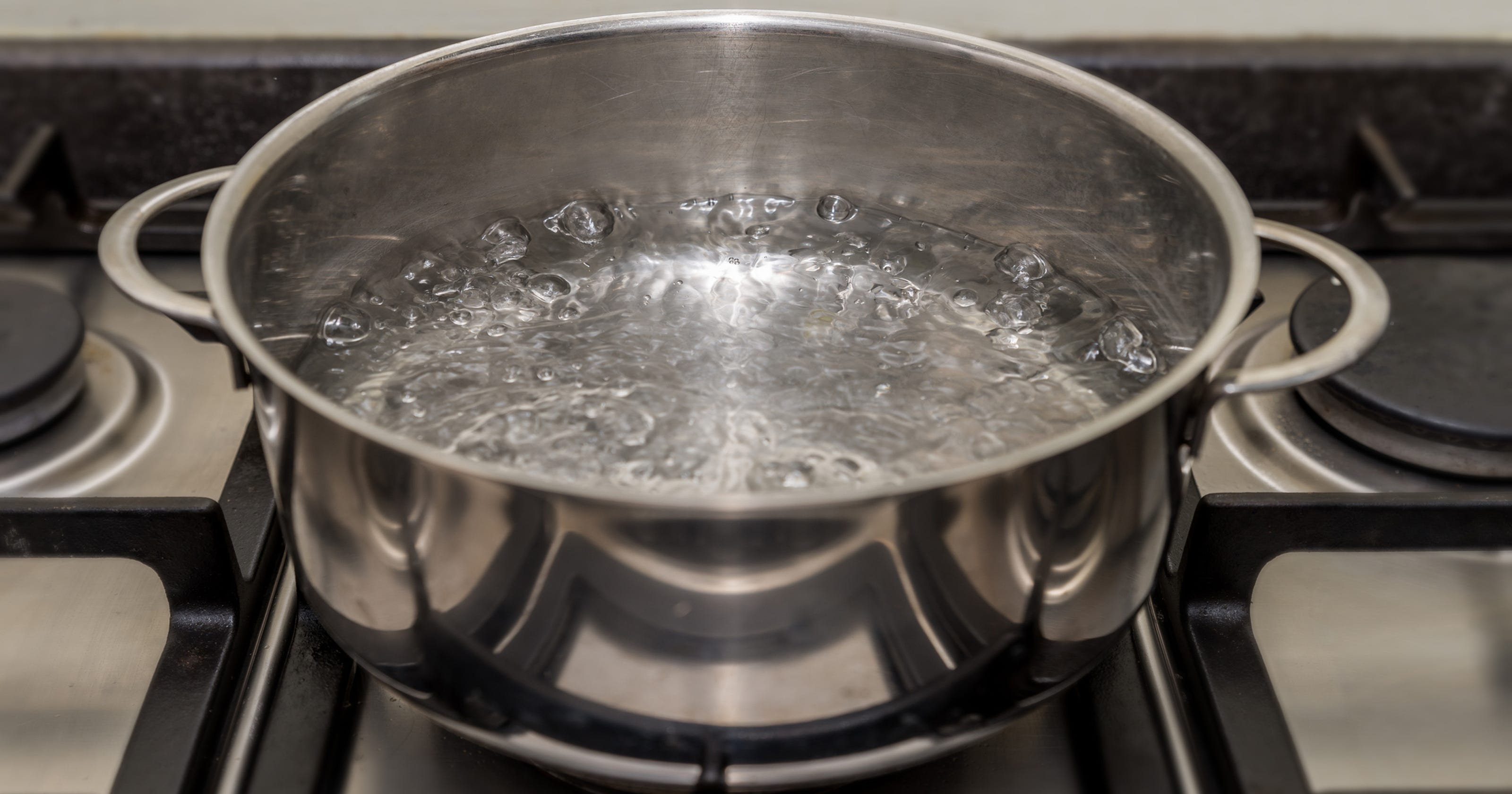
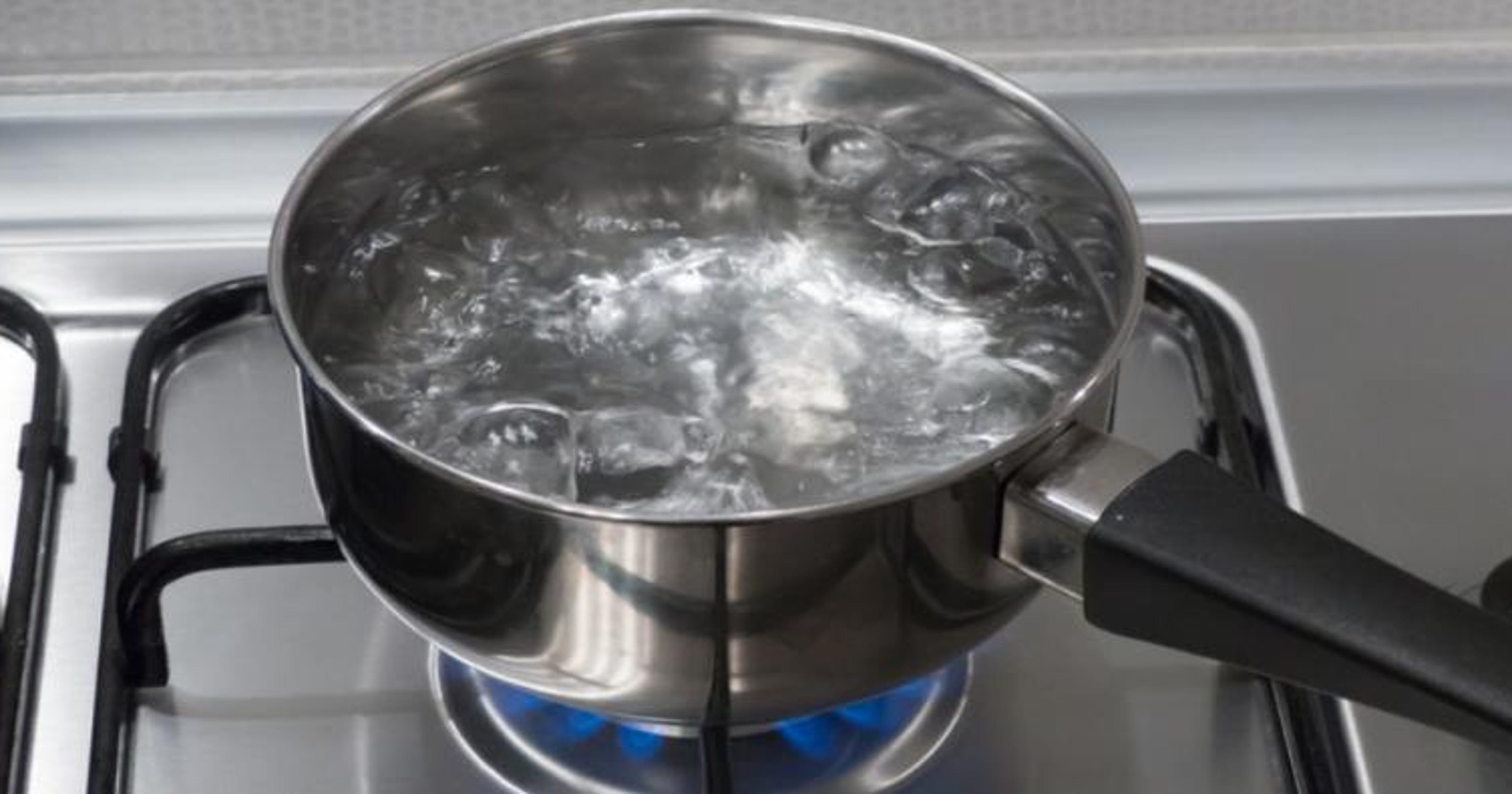

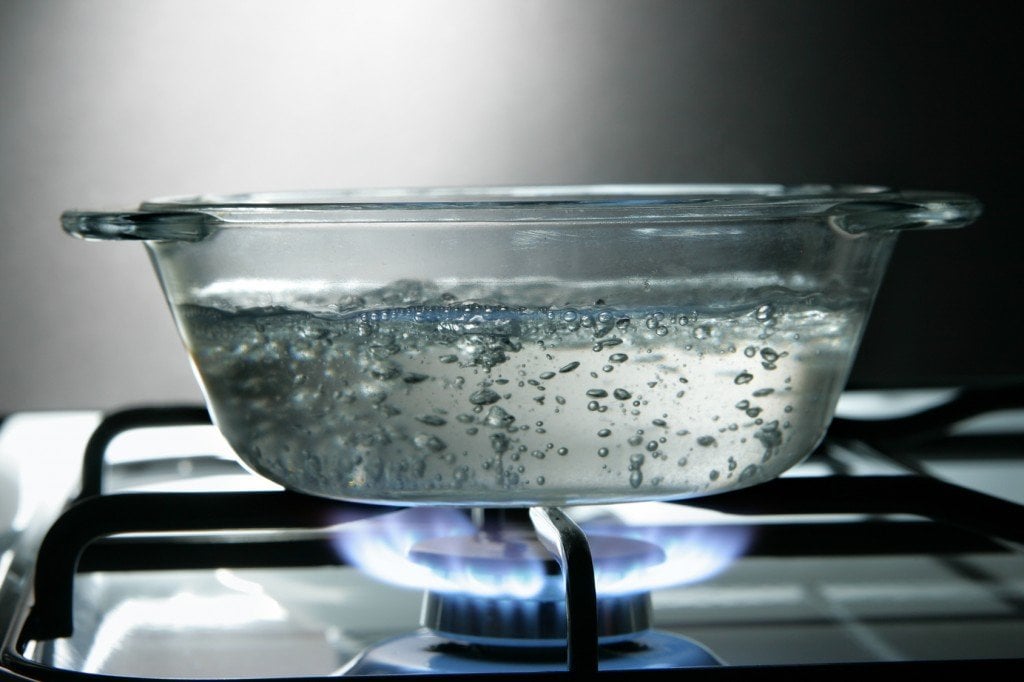
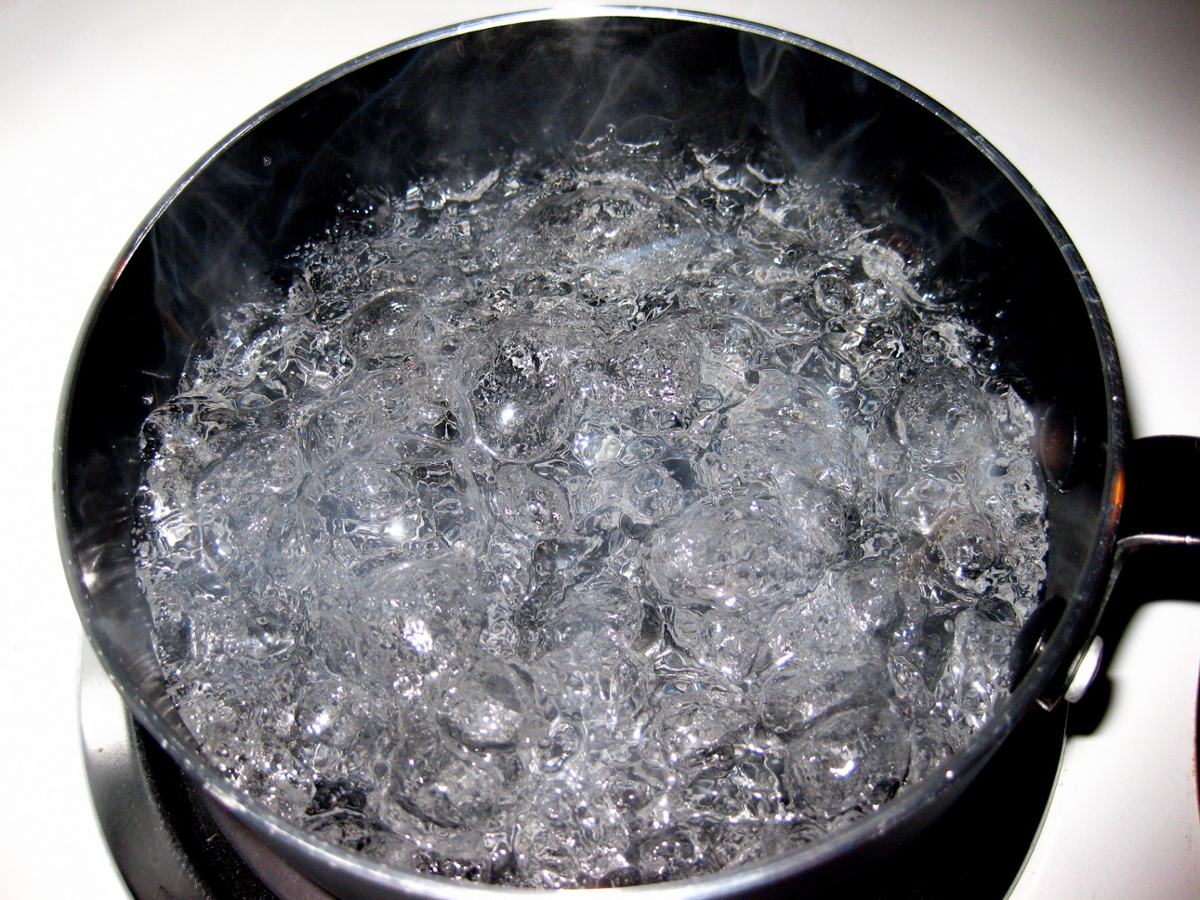

/glass-saucepan-on-a-gas-burner-with-boiling-water-dor961844-57fba8b03df78c690f79f7c6.jpg)

